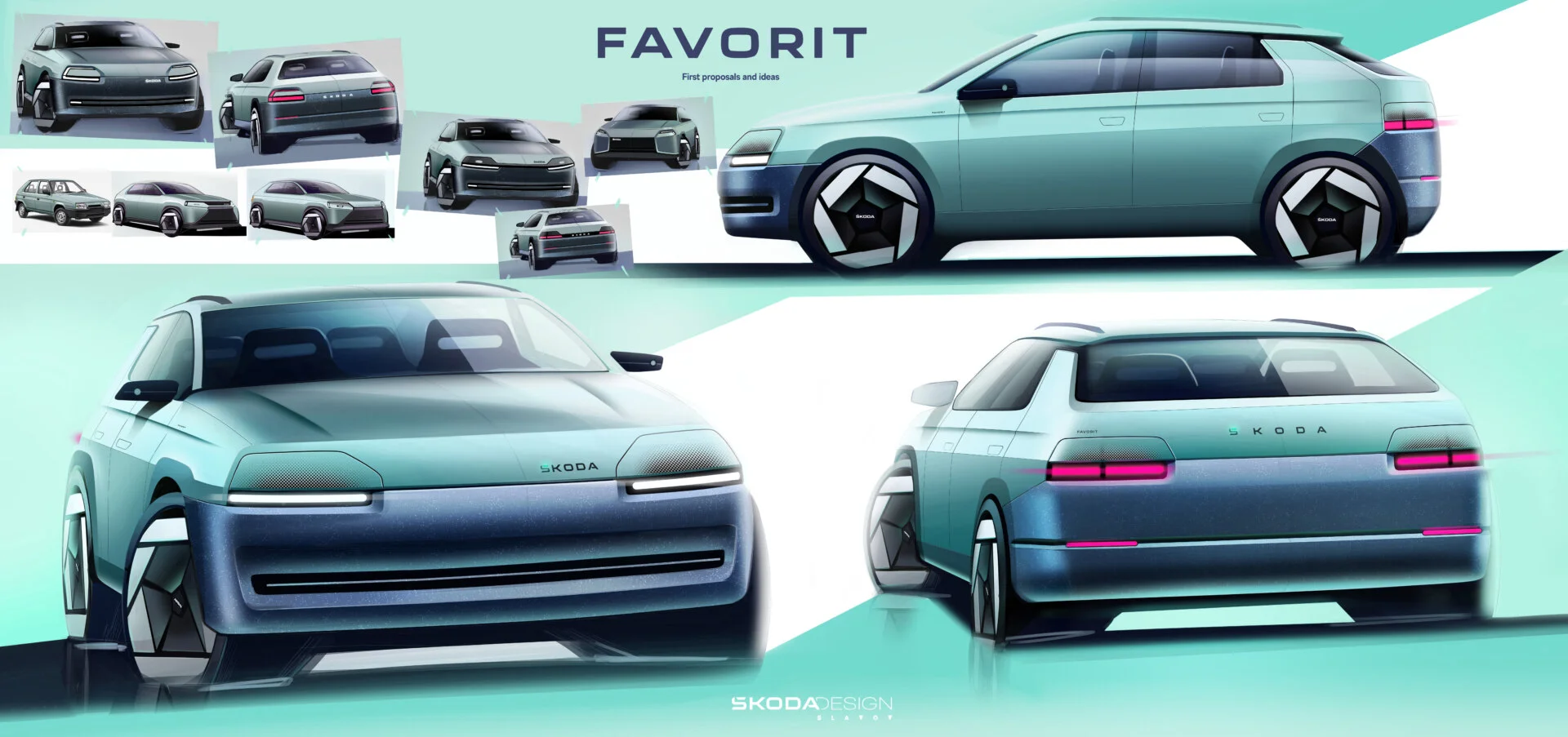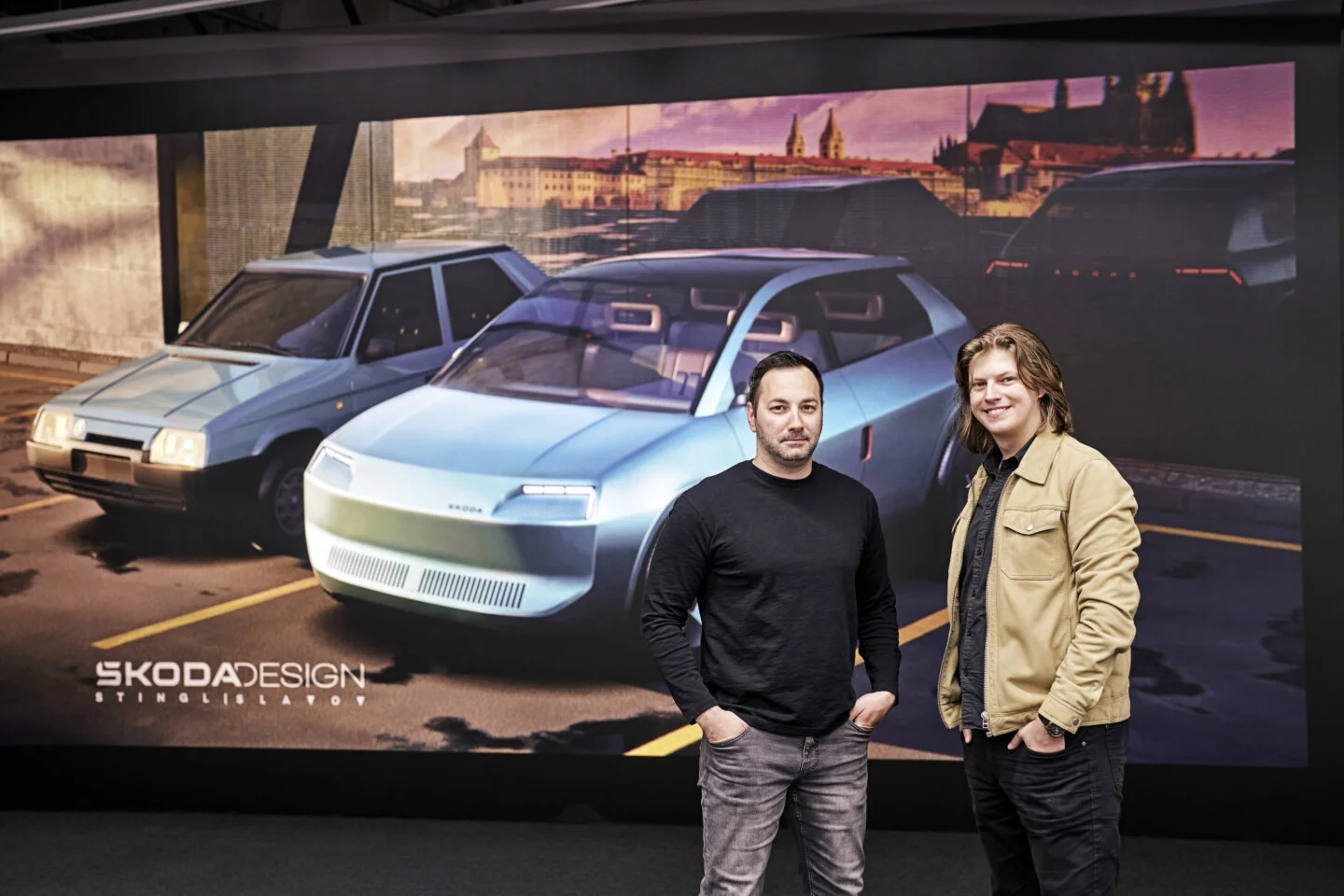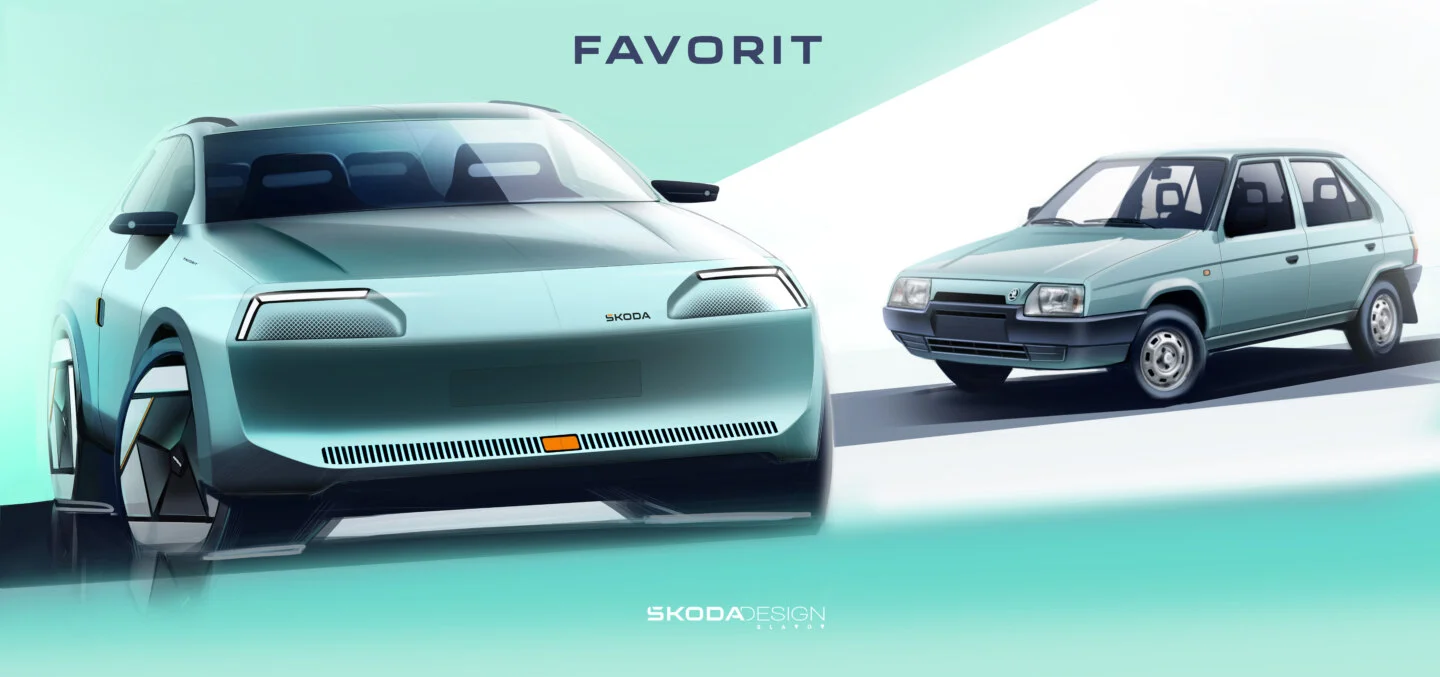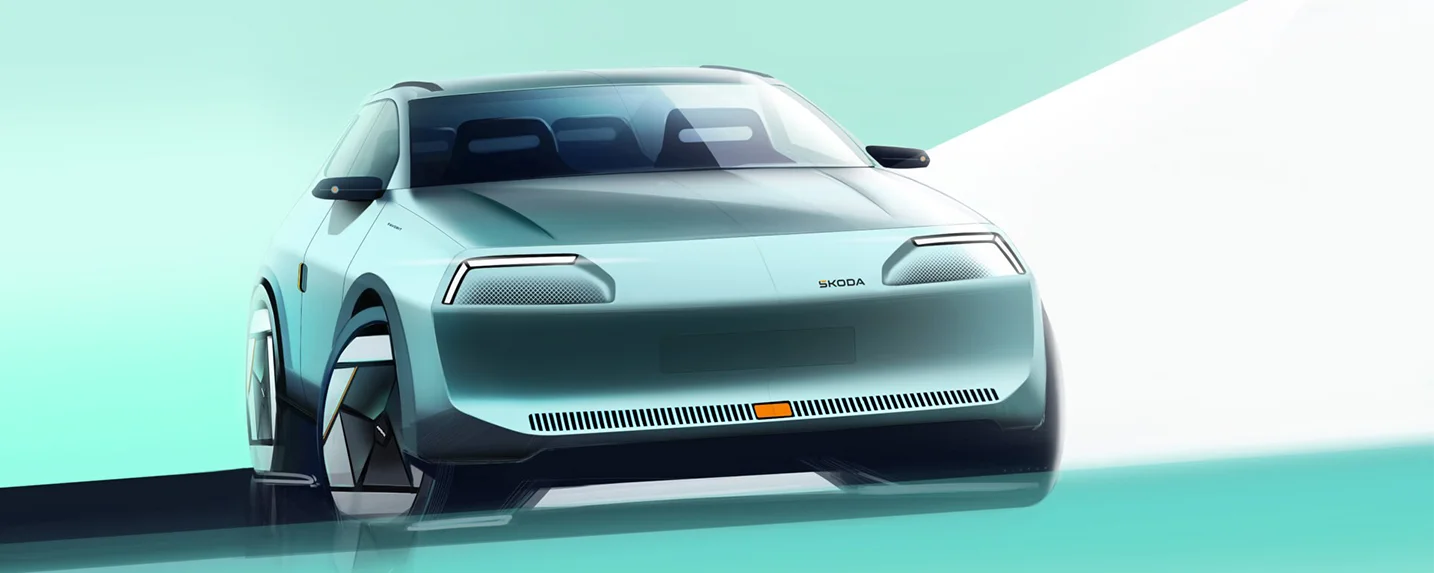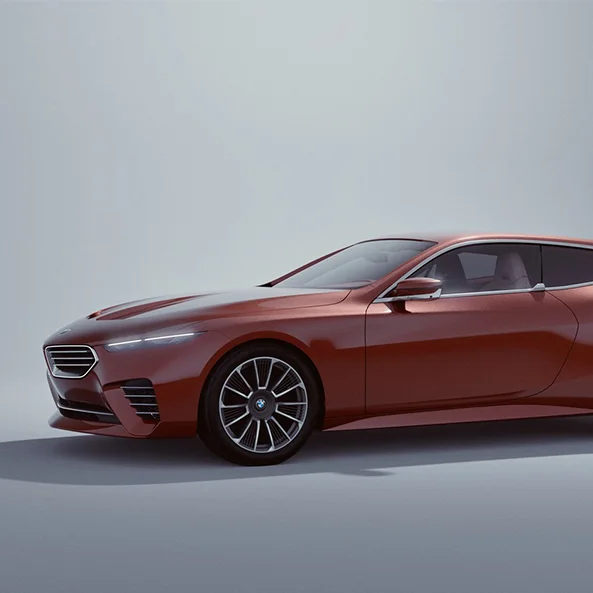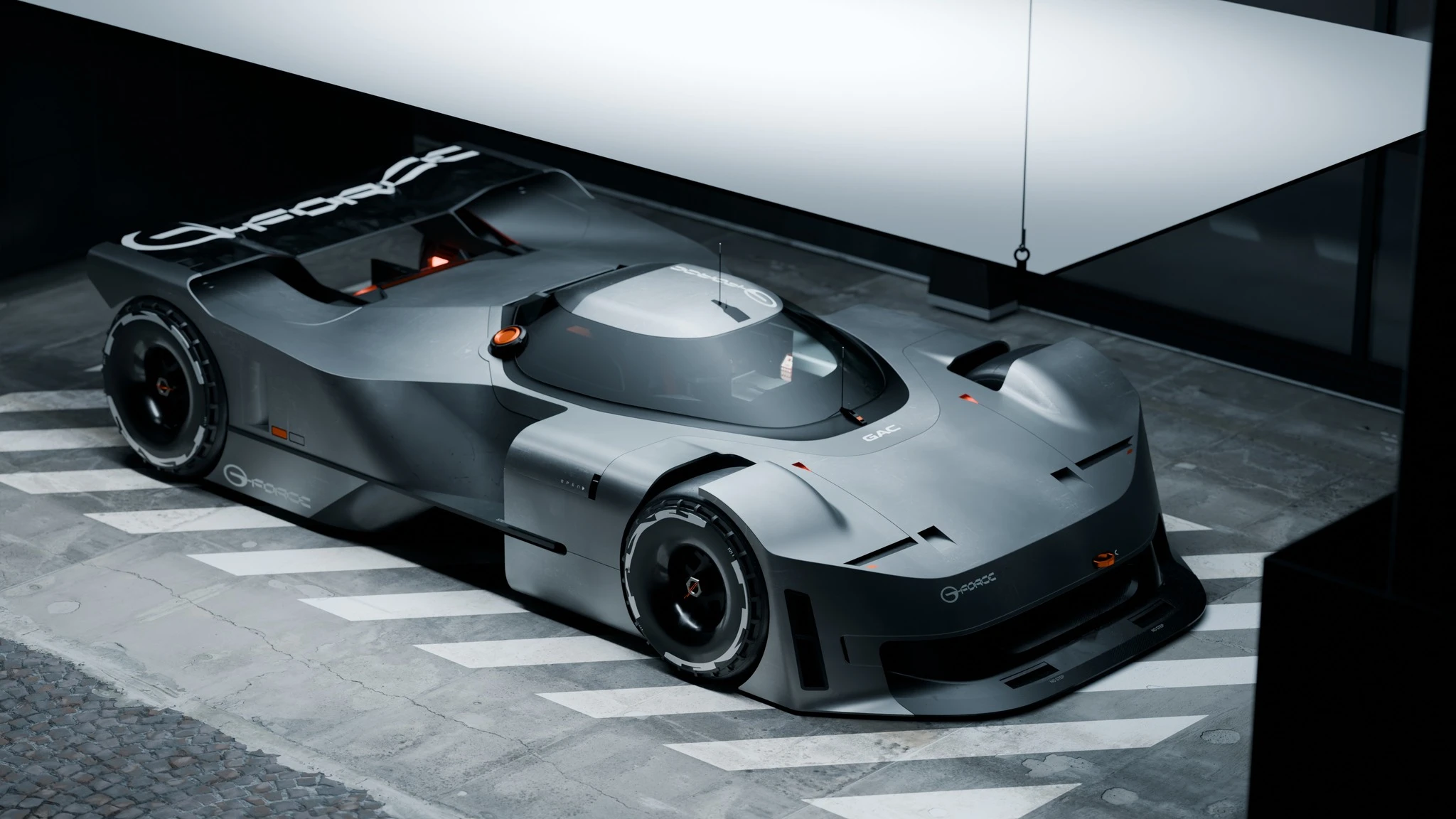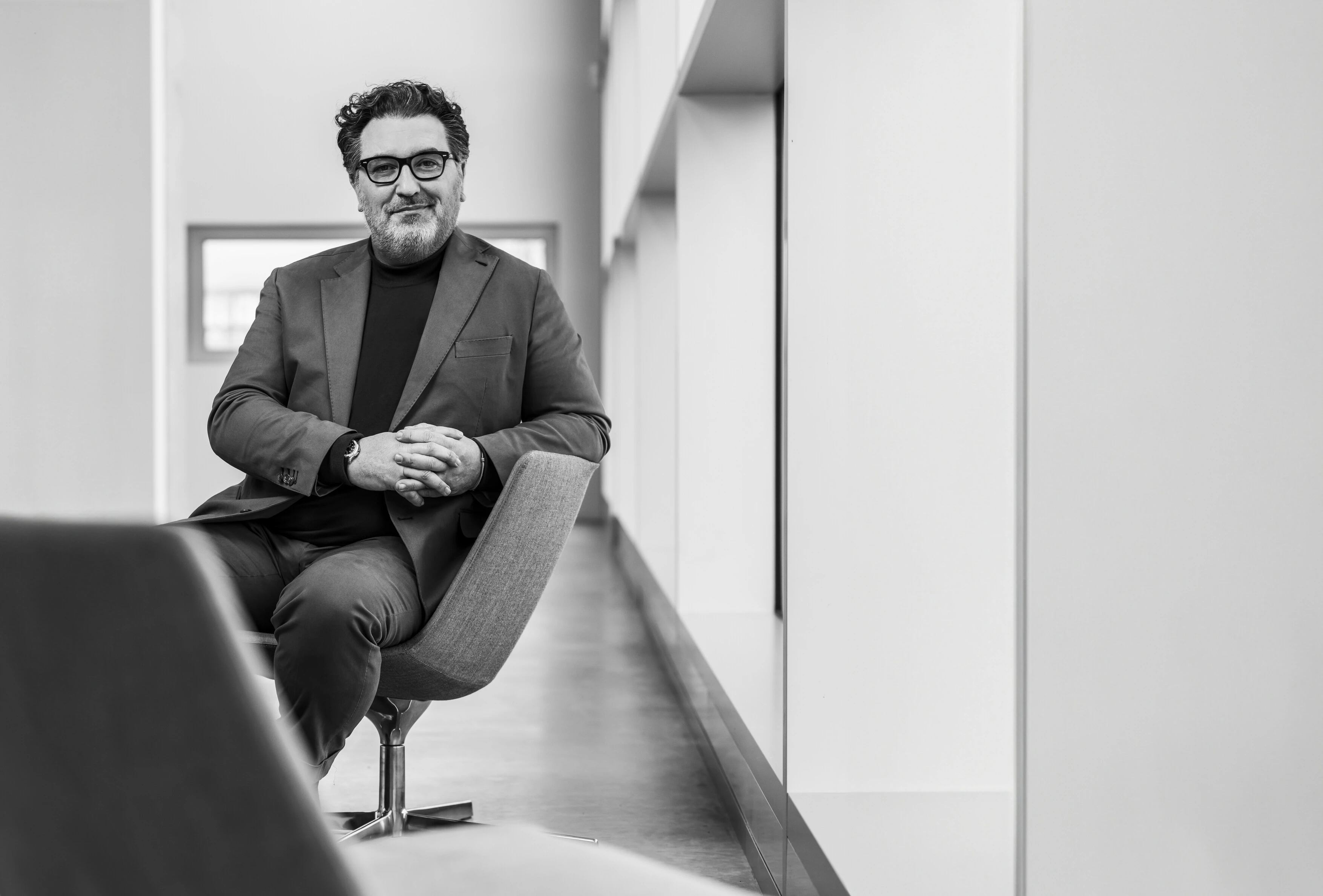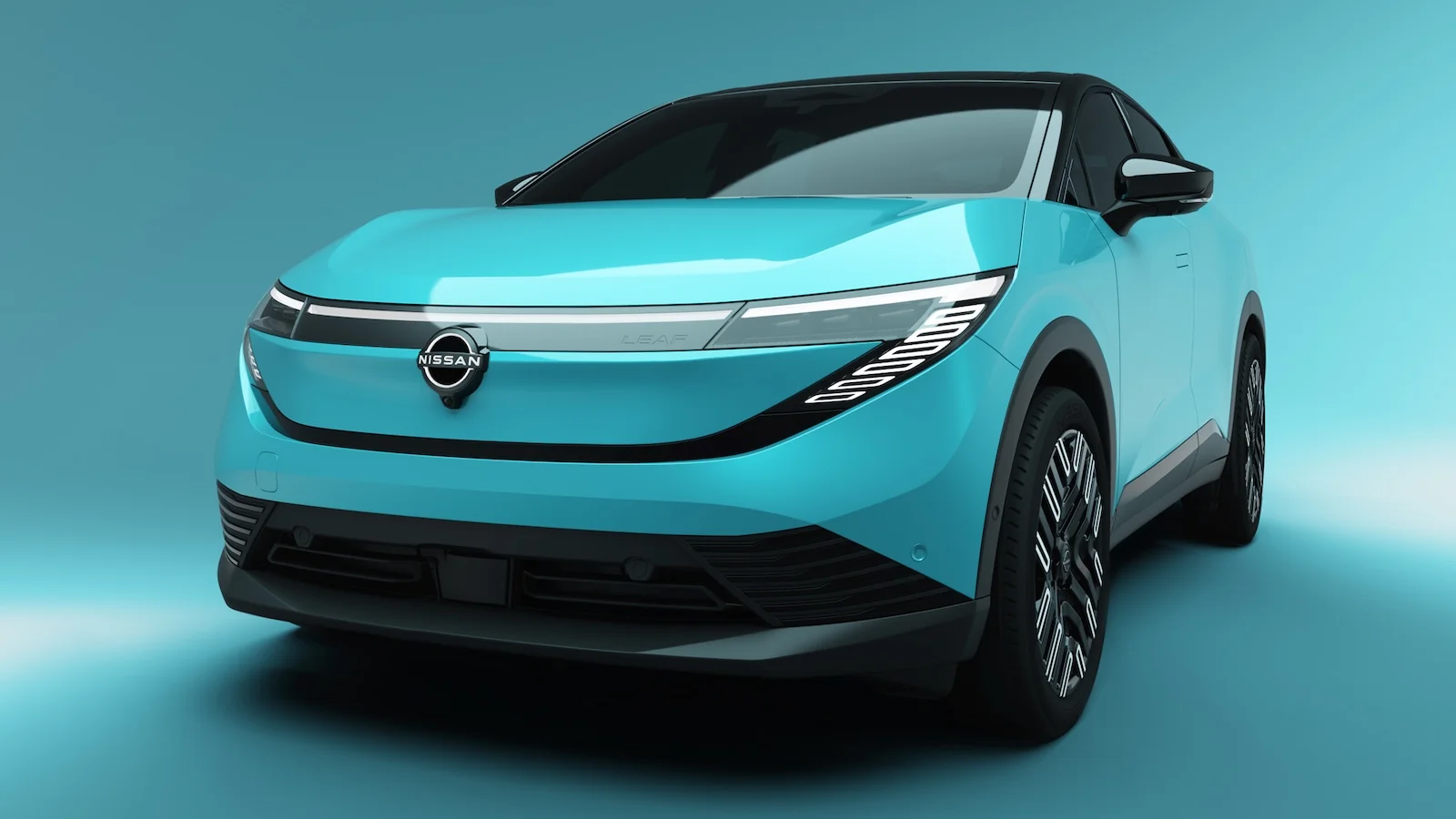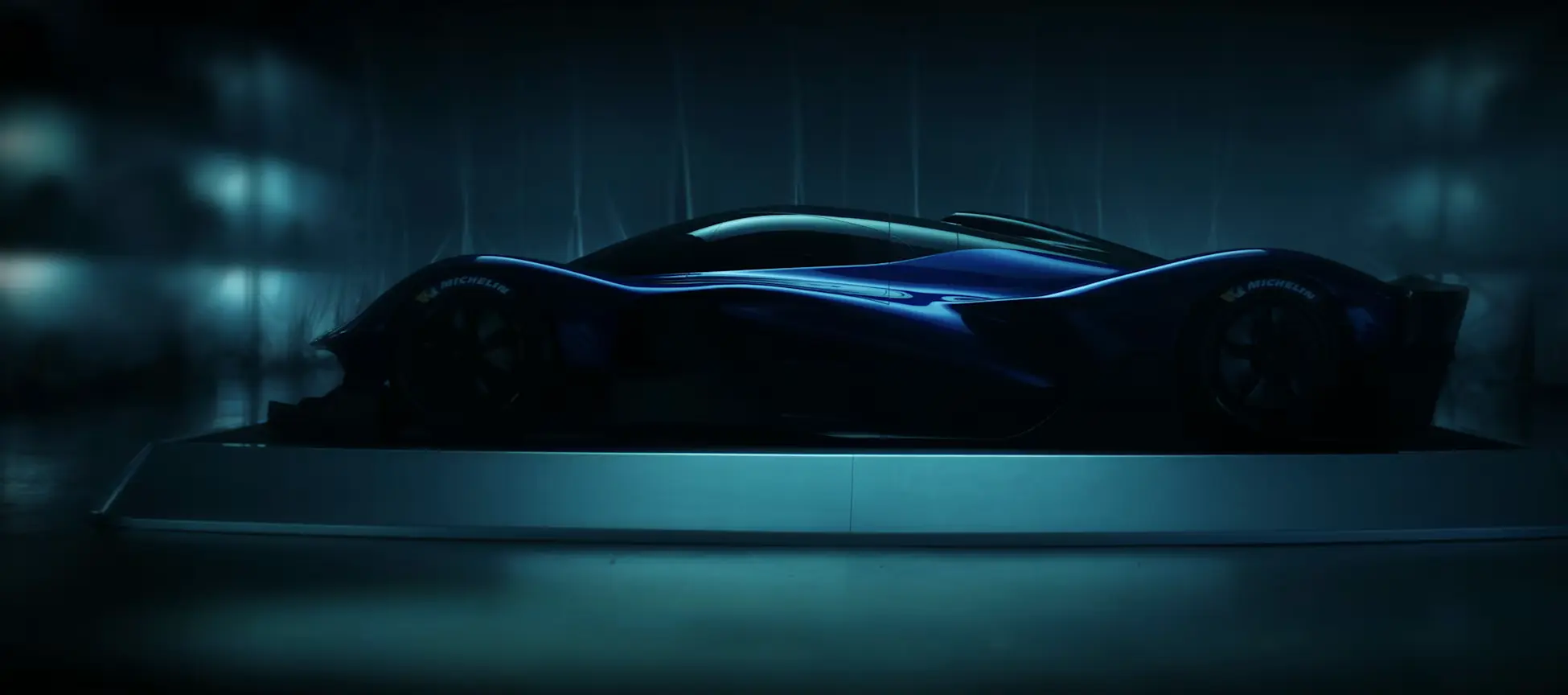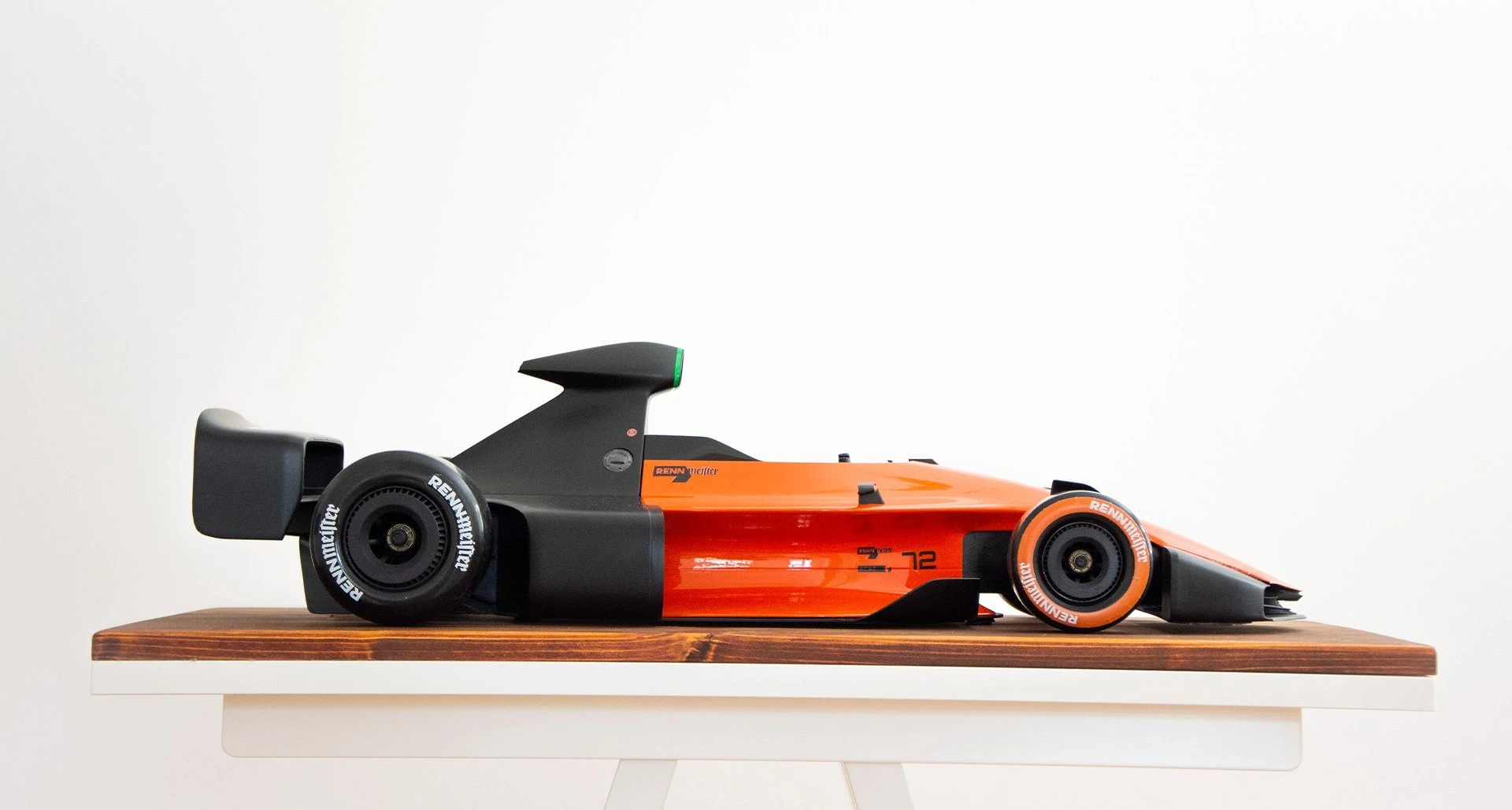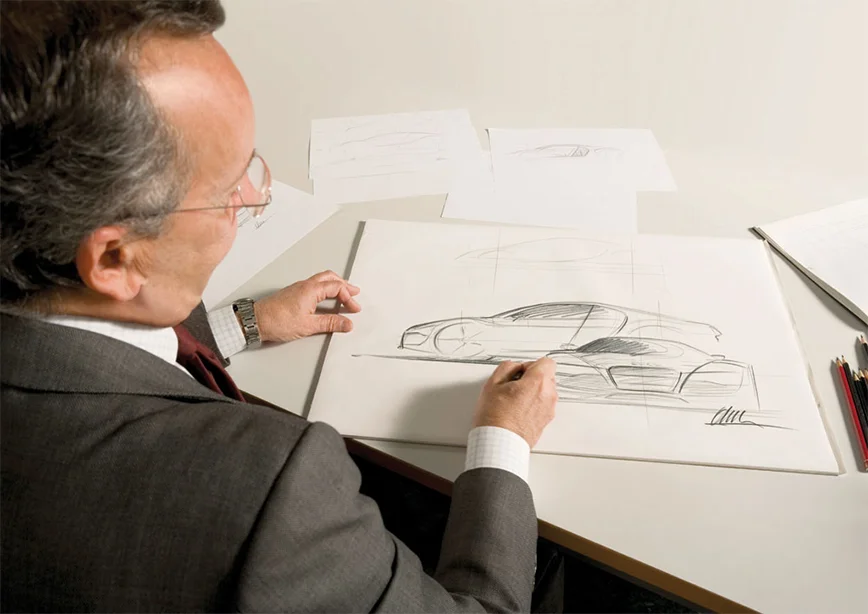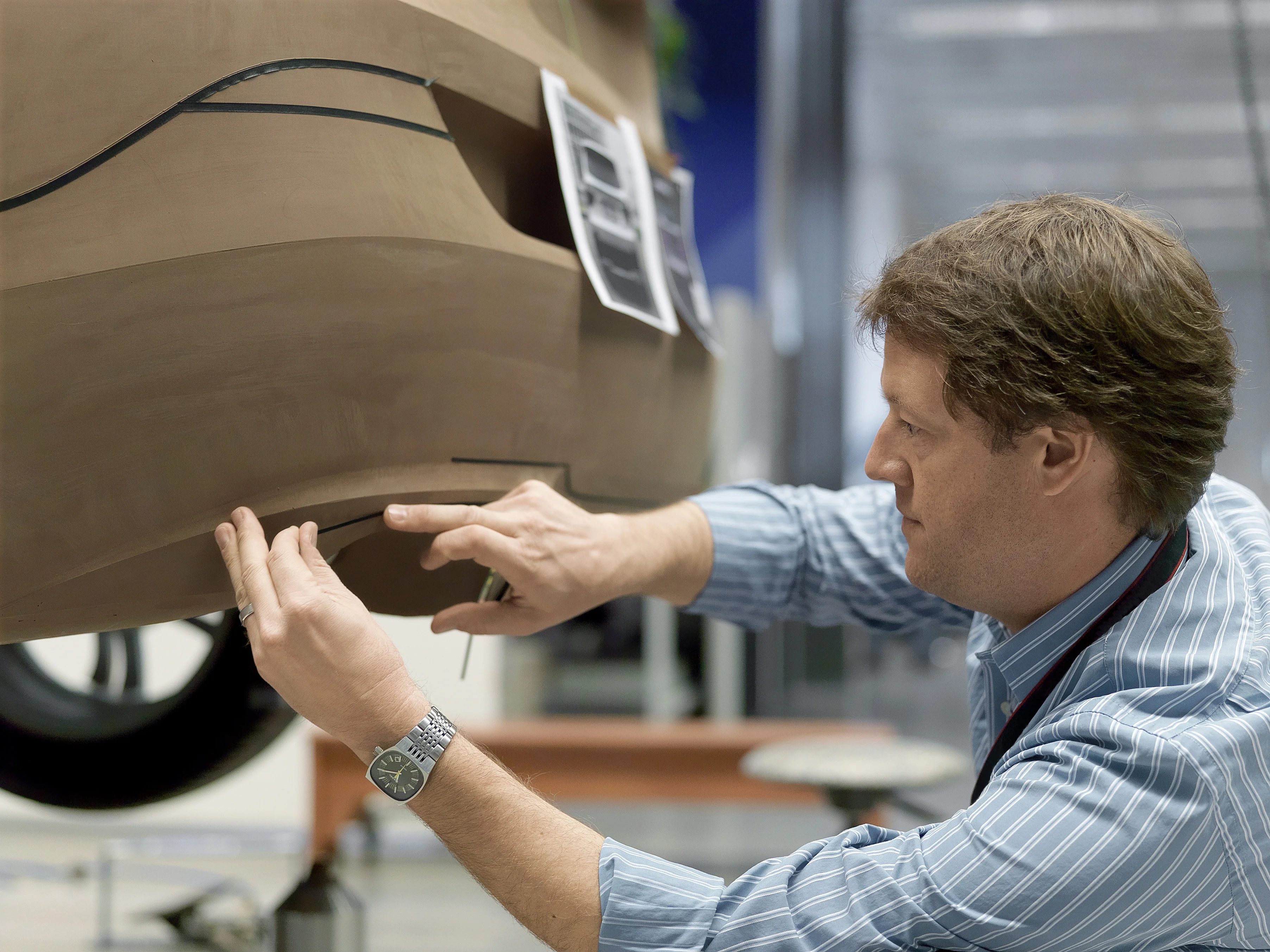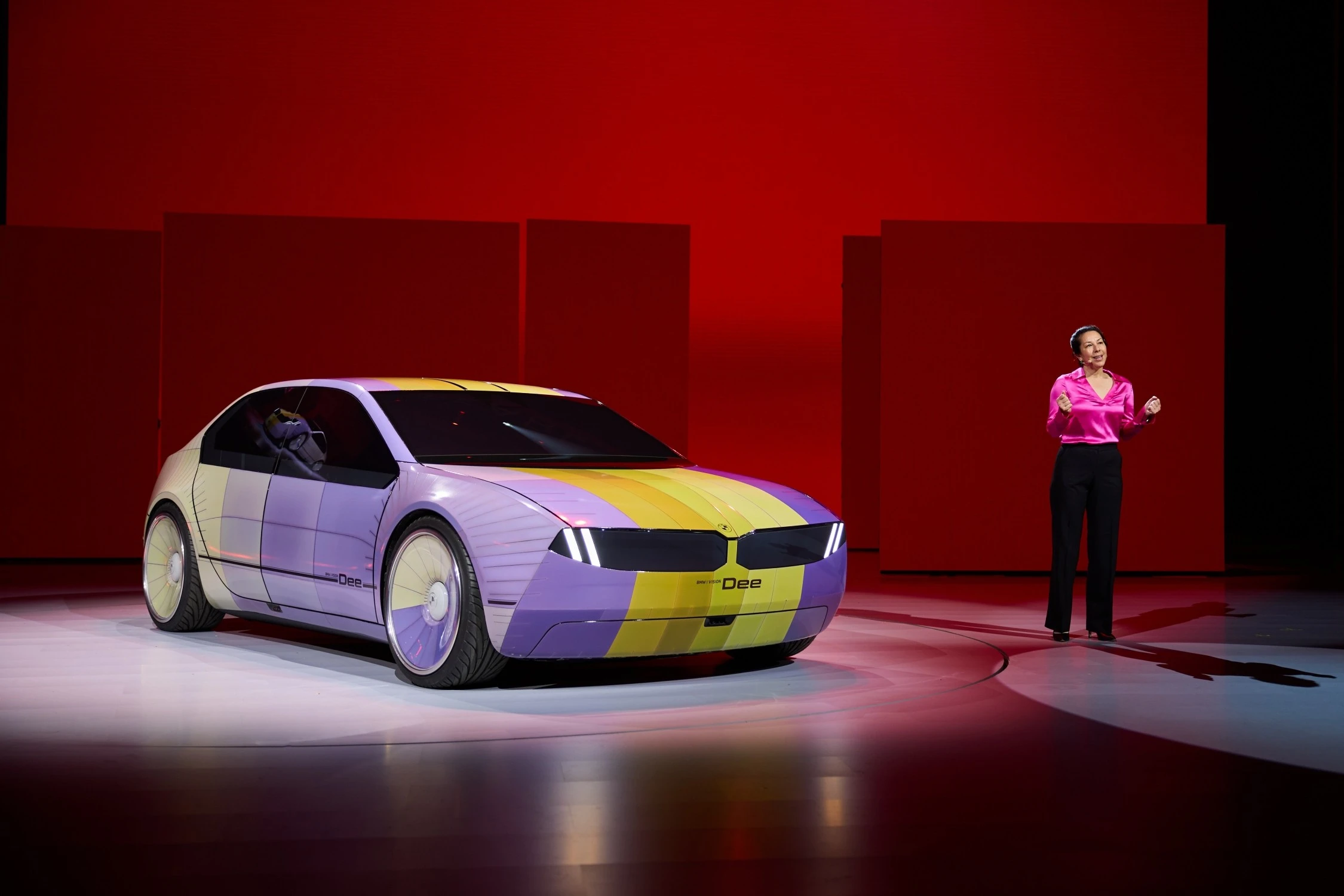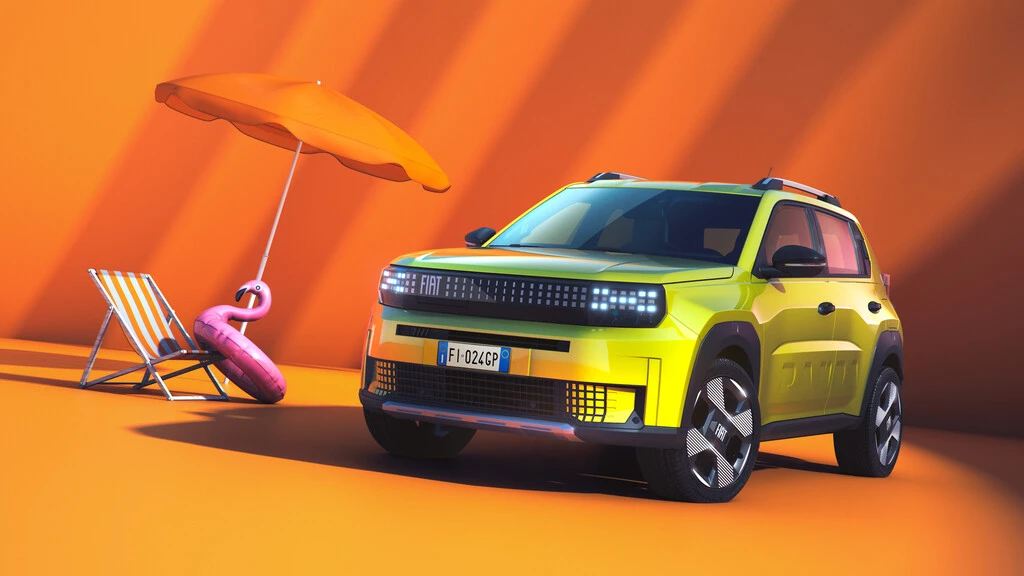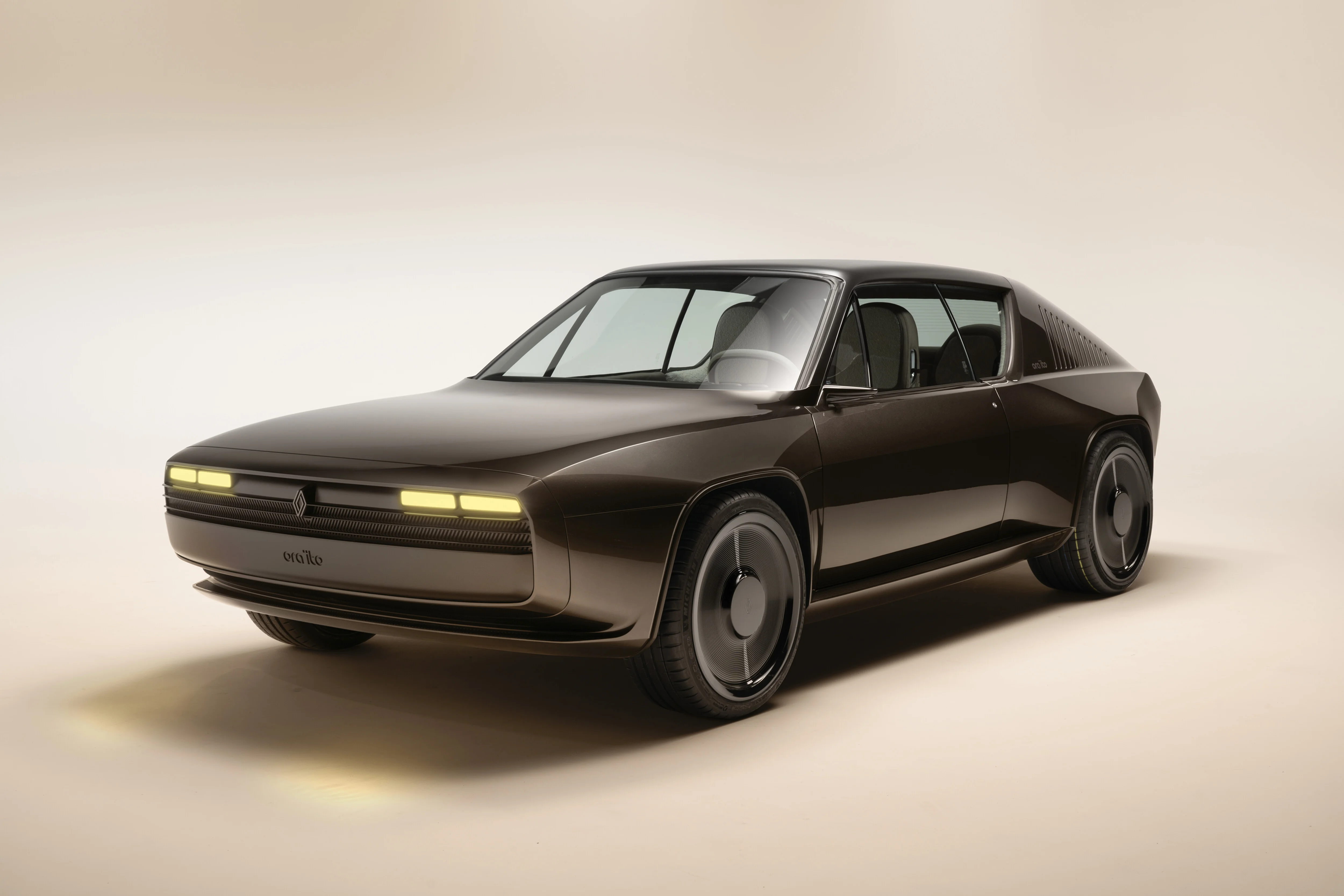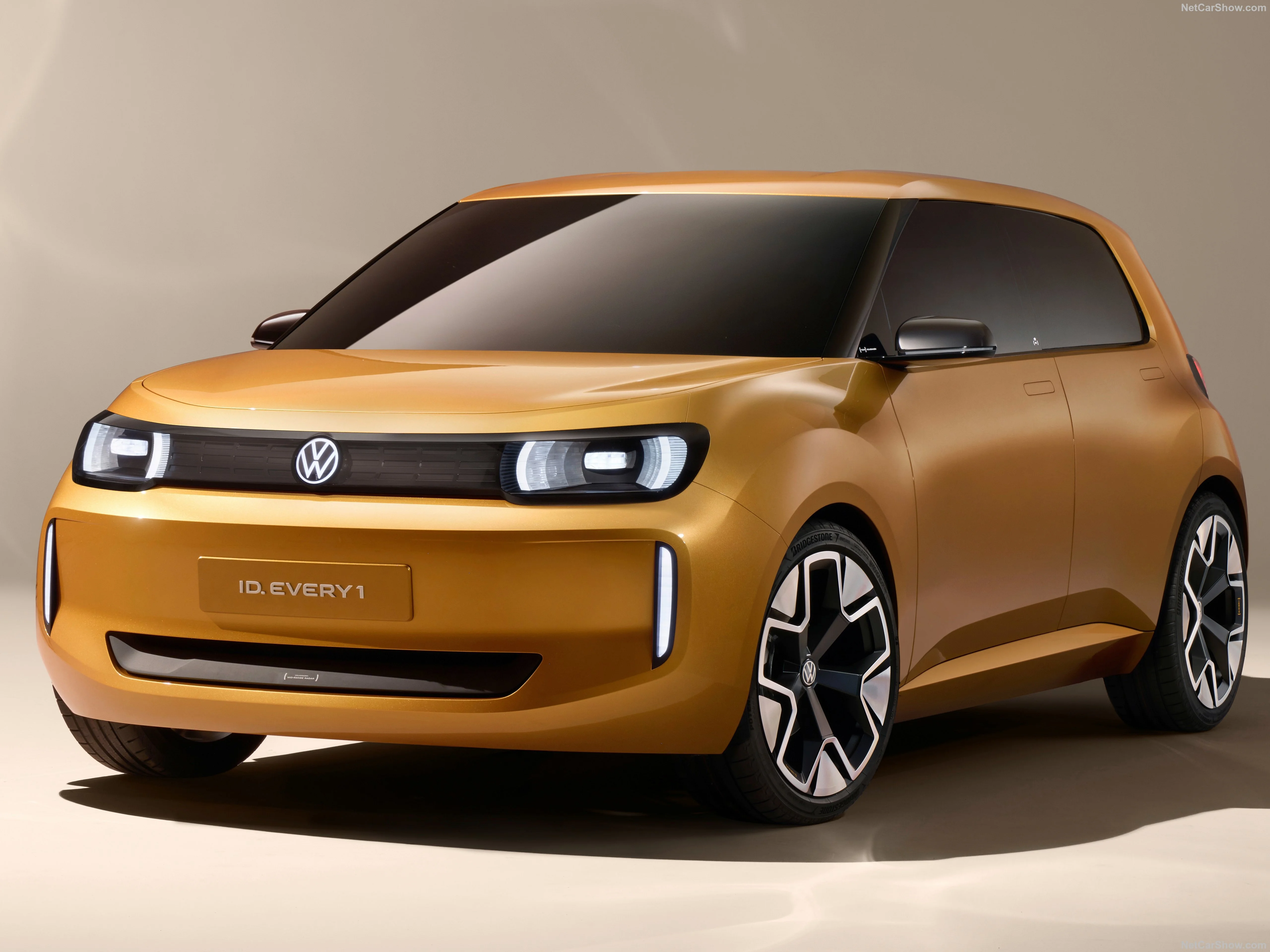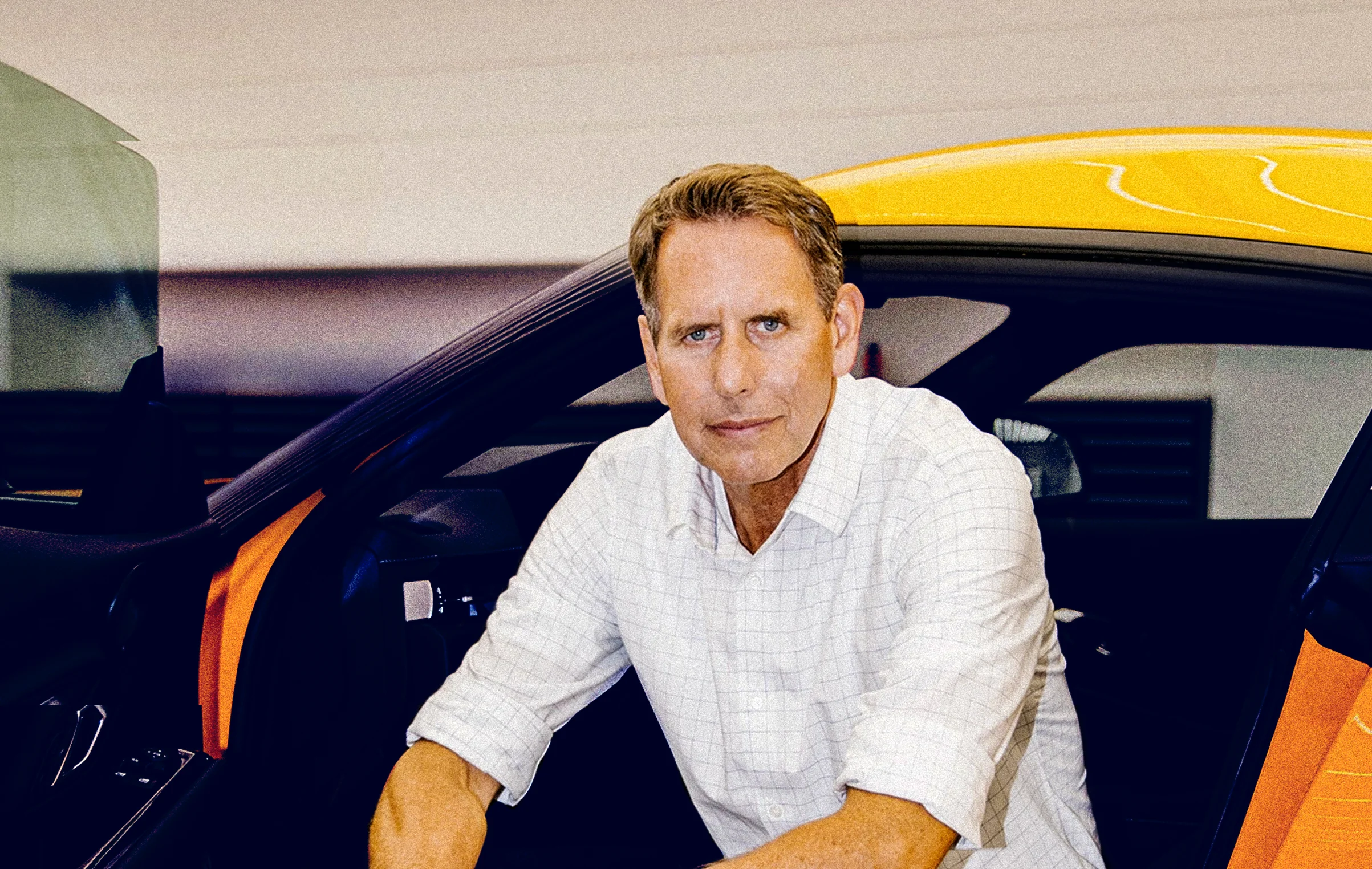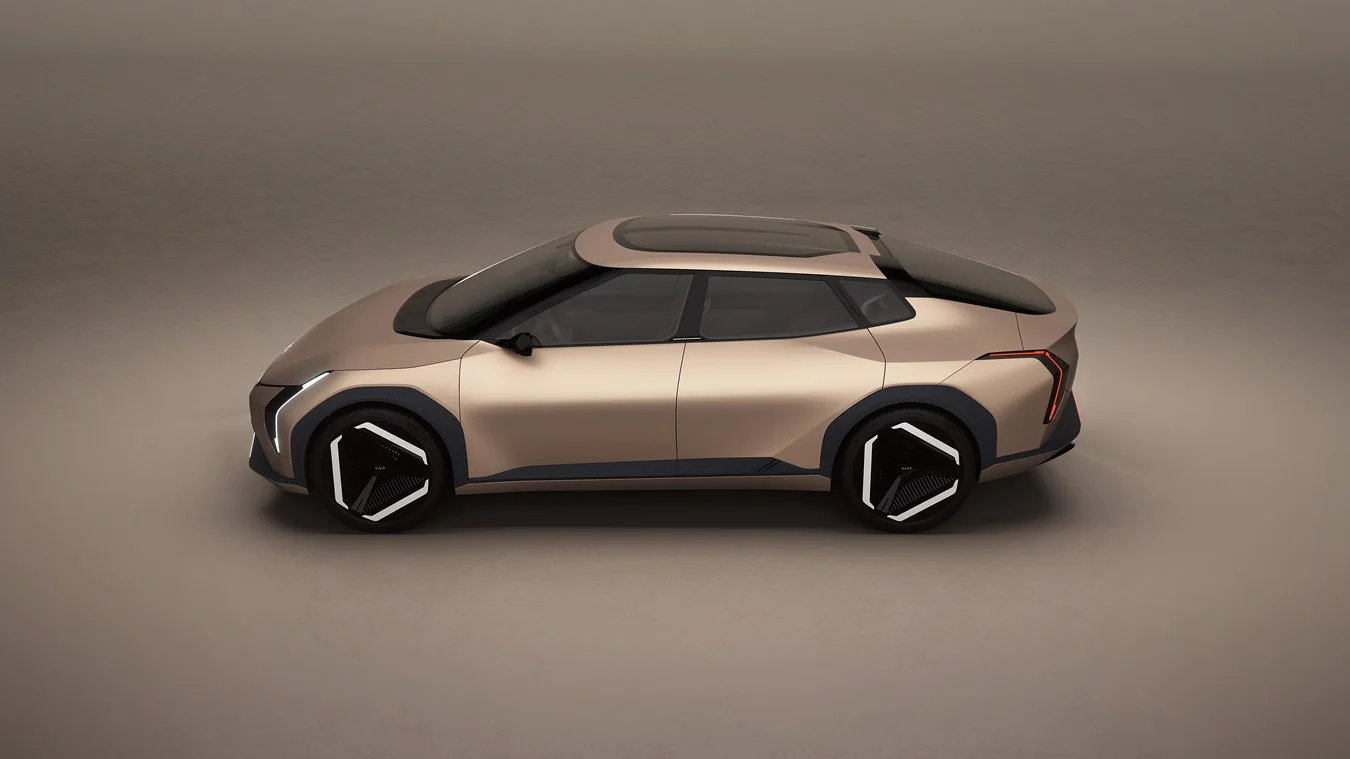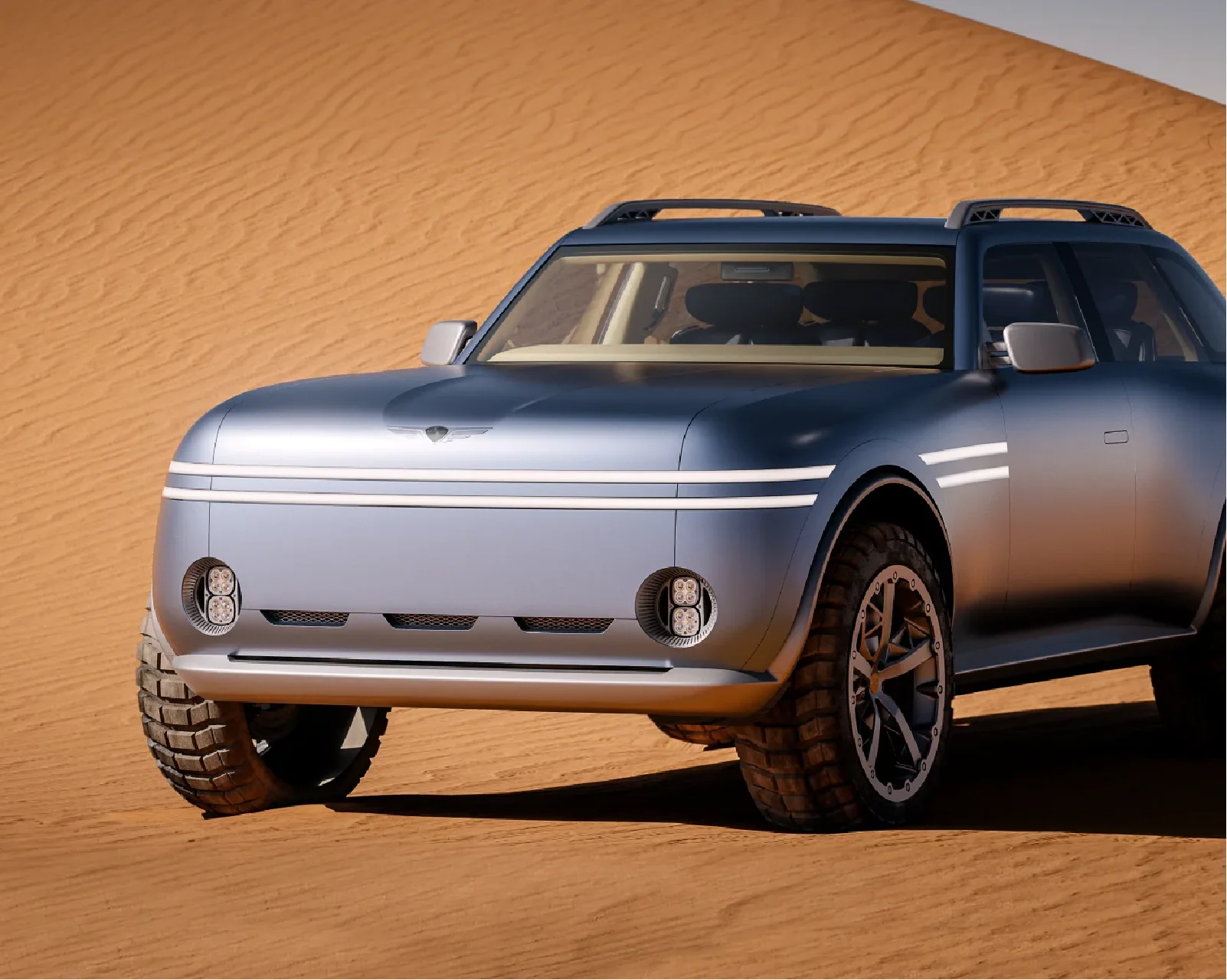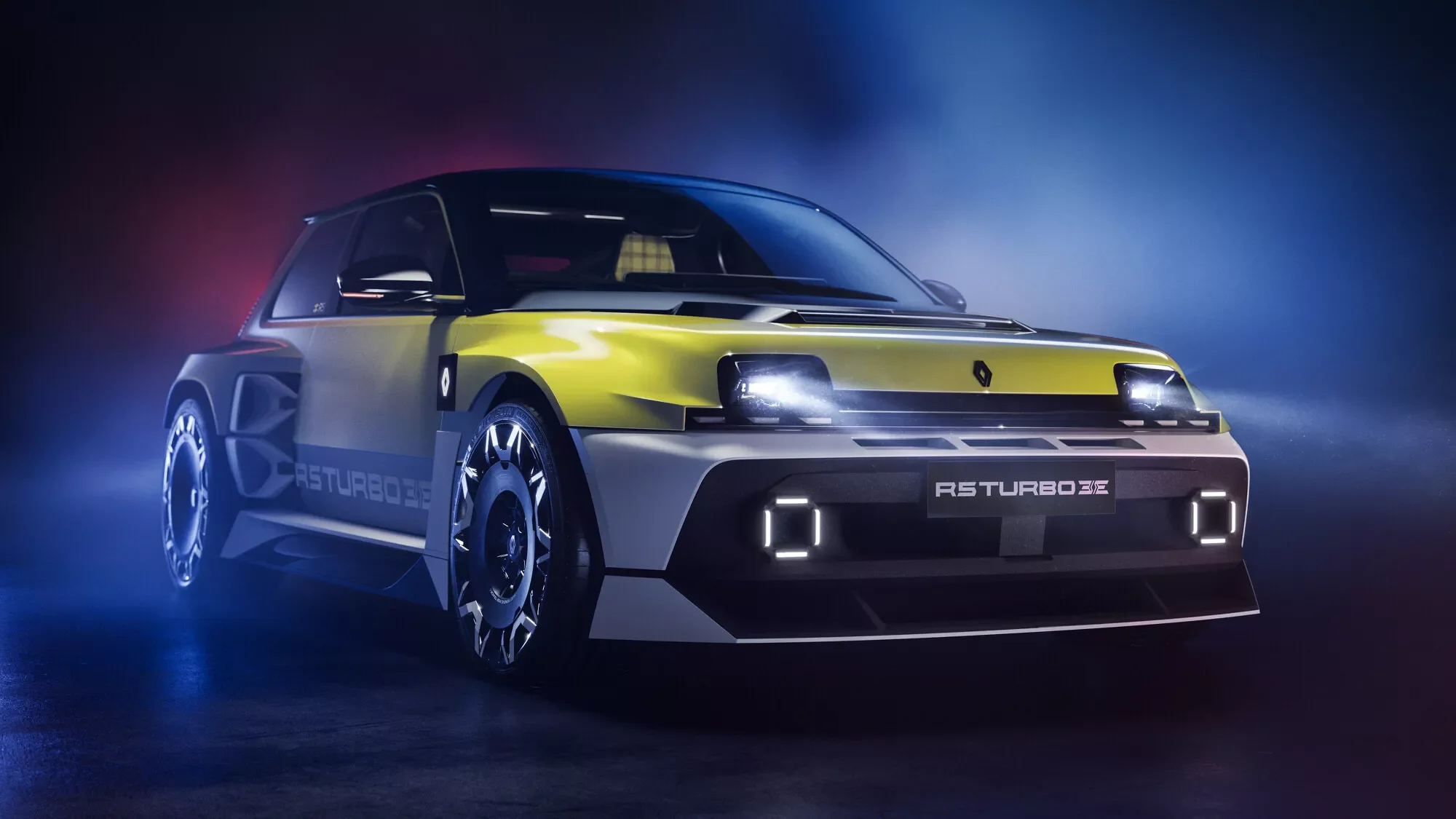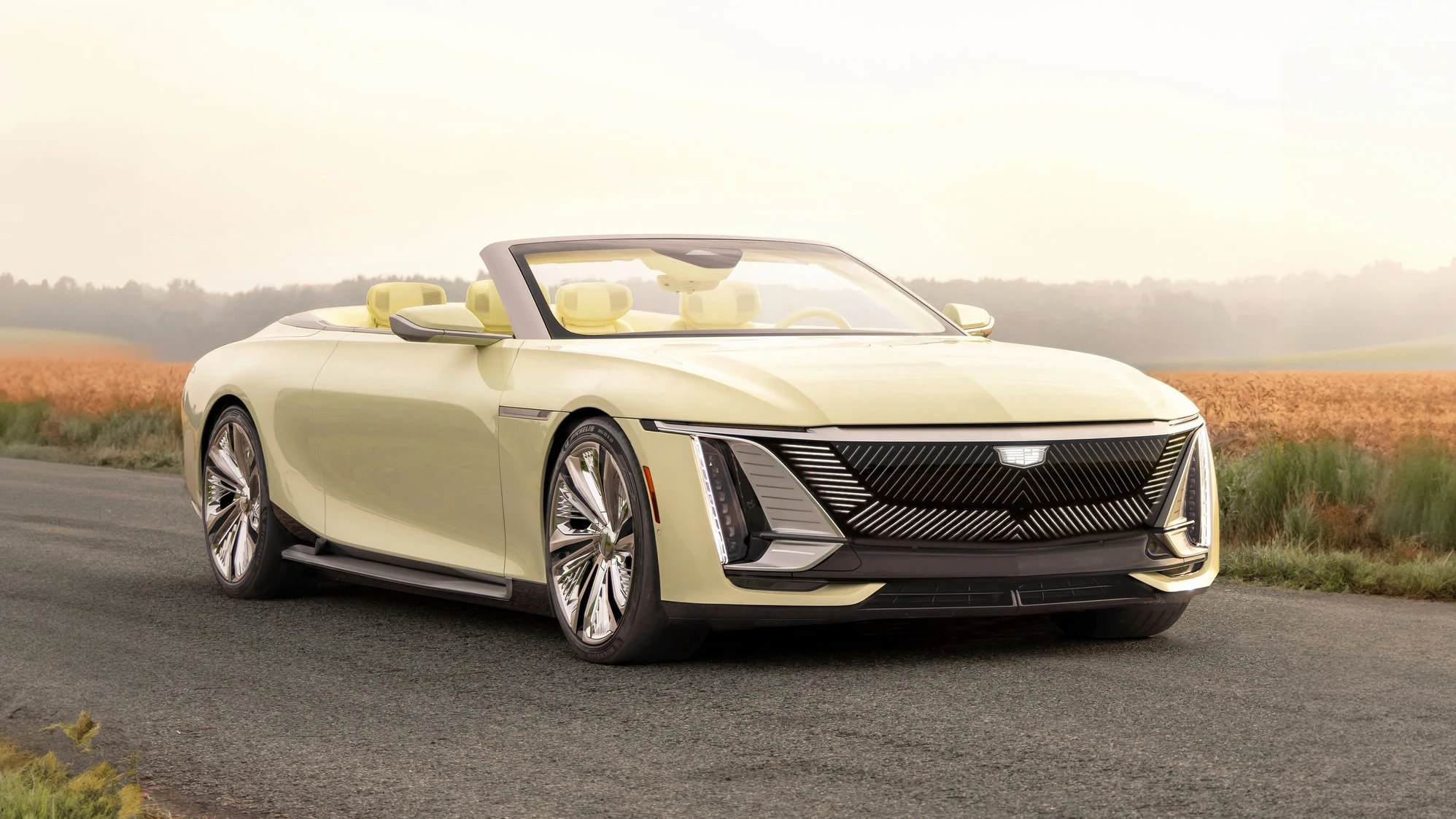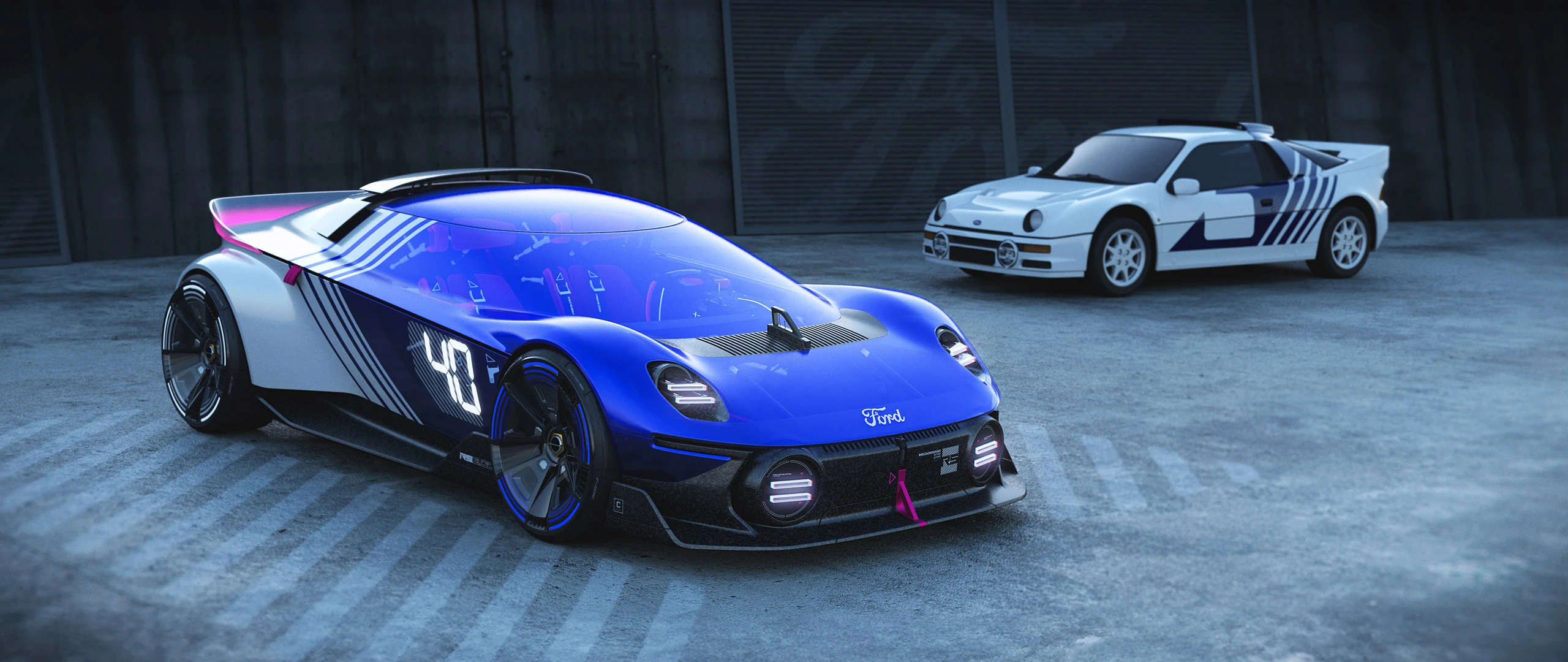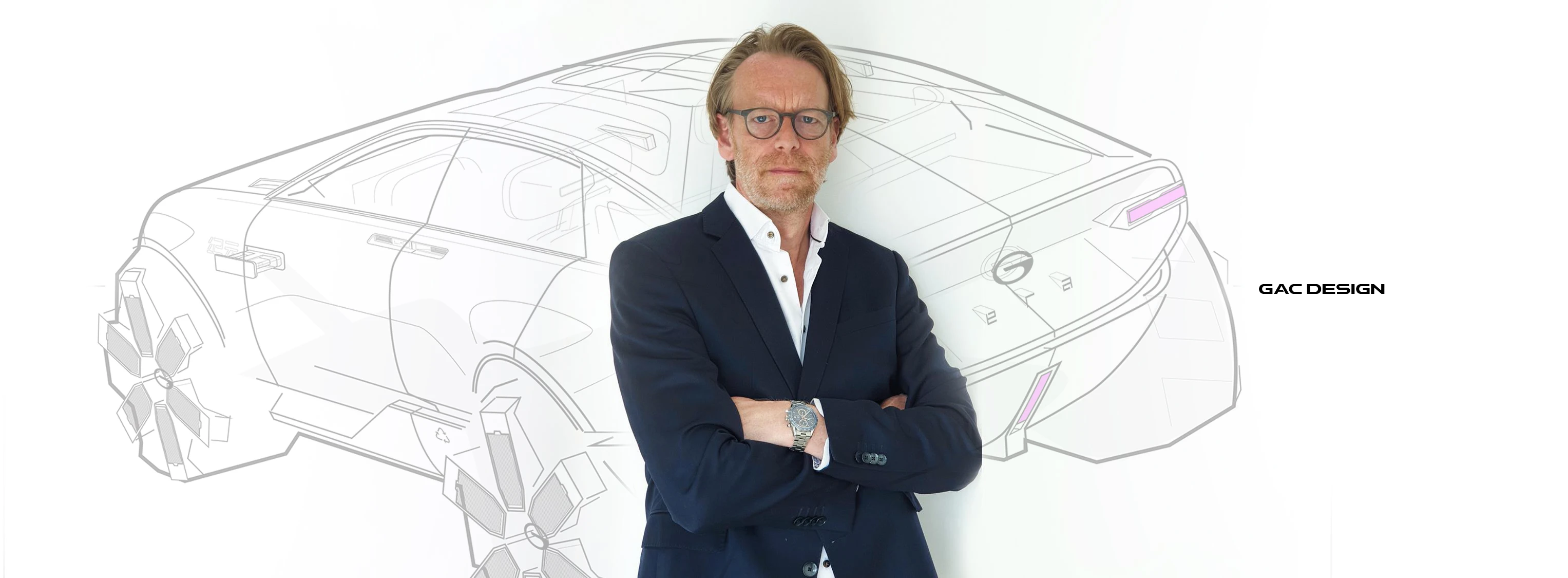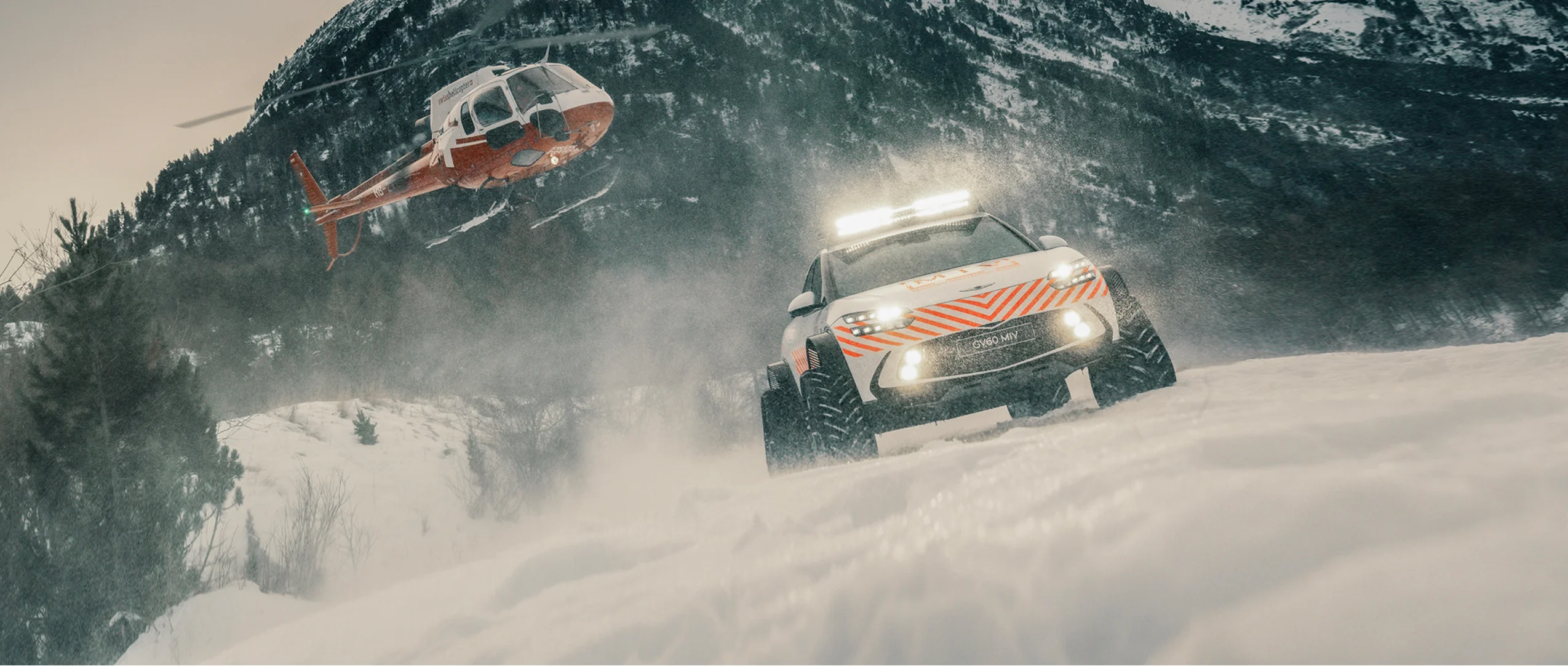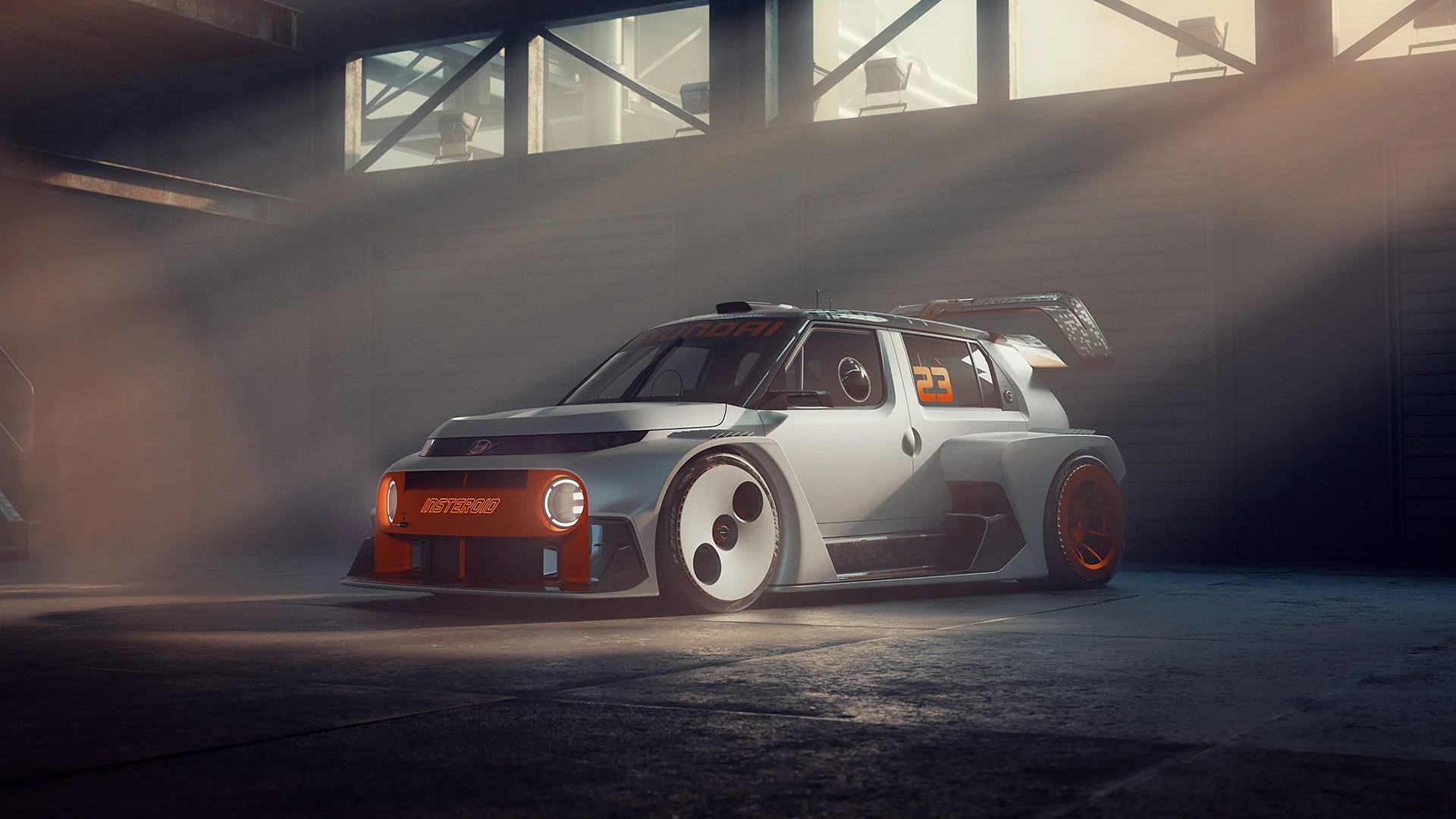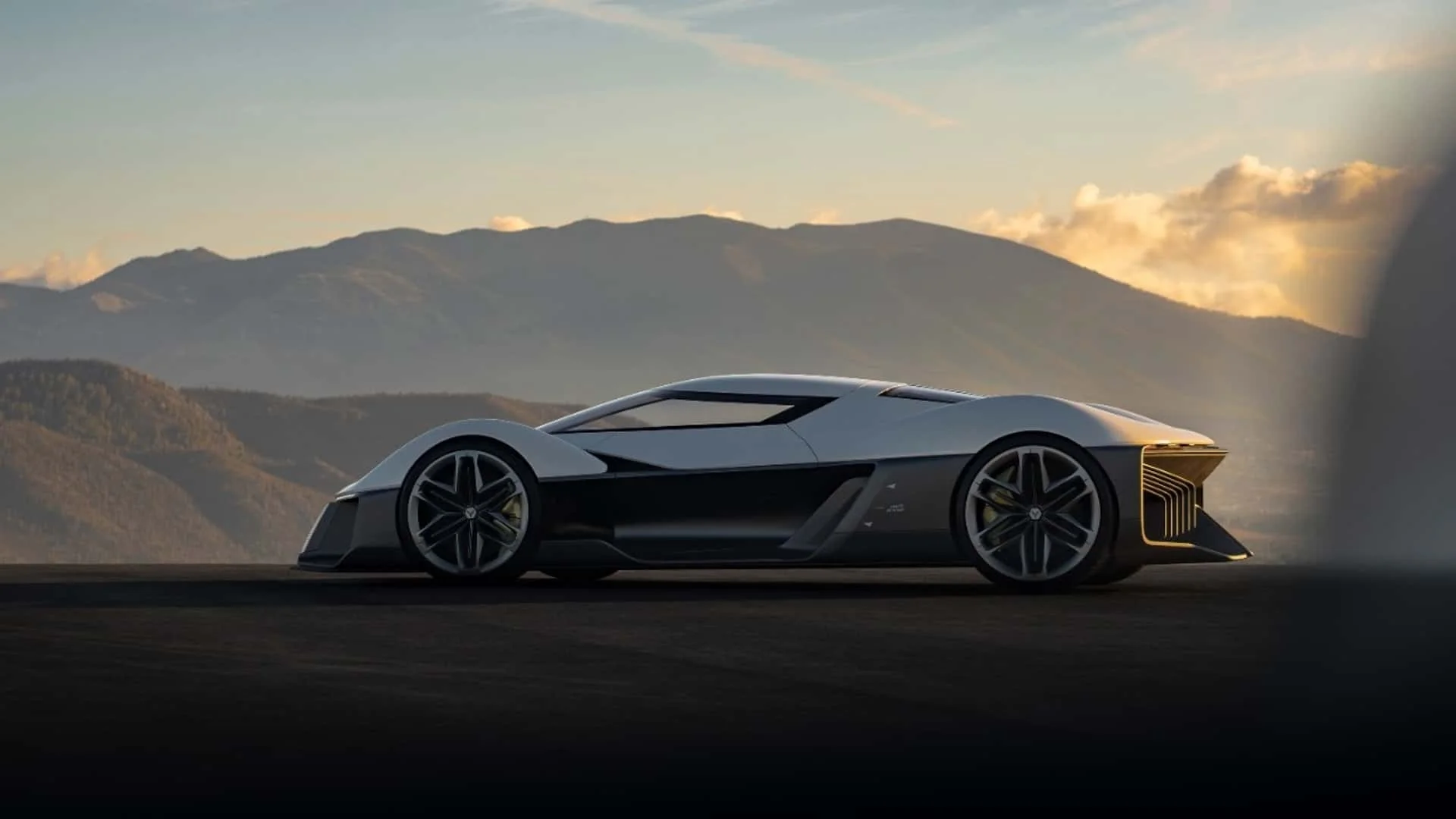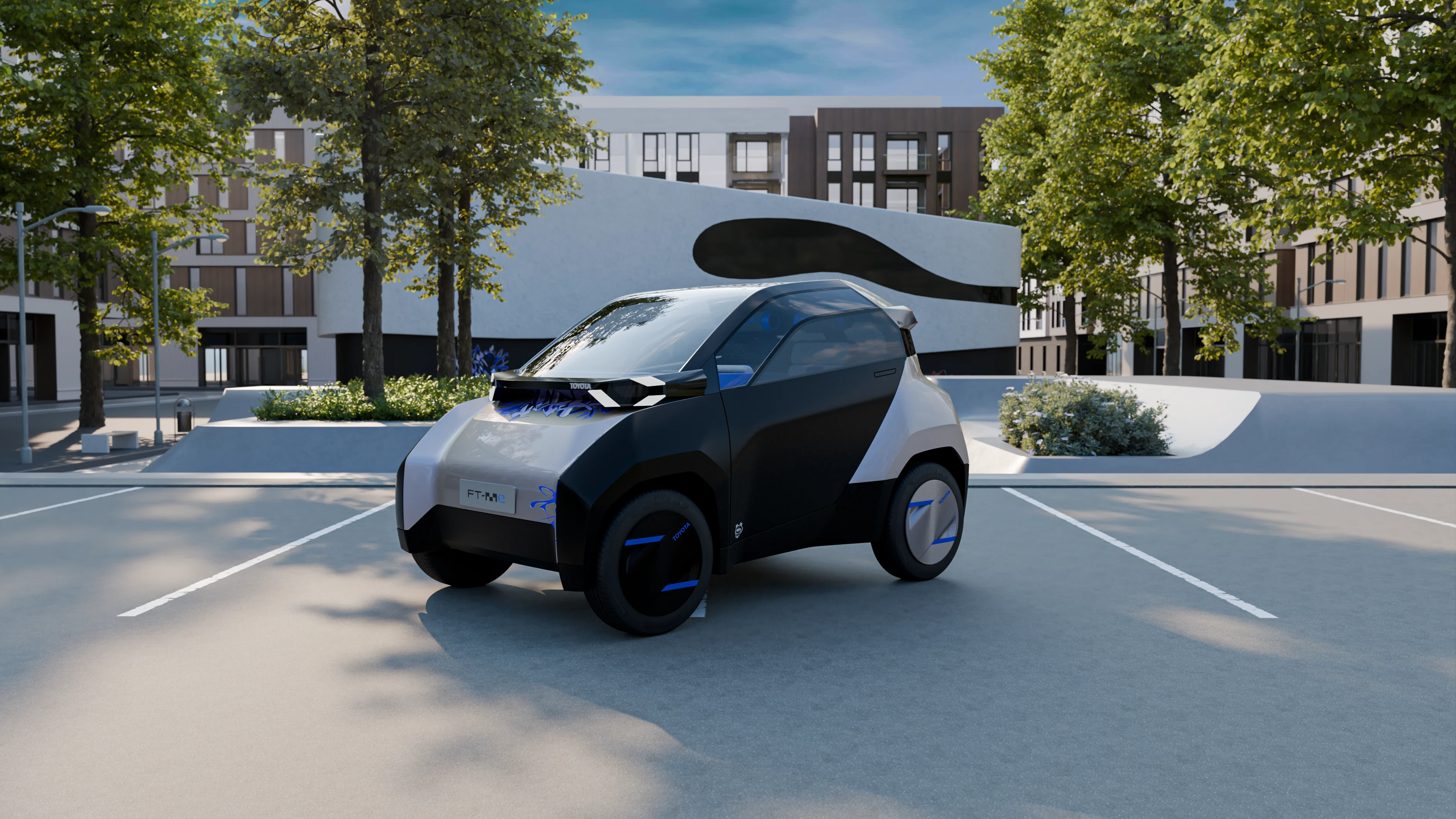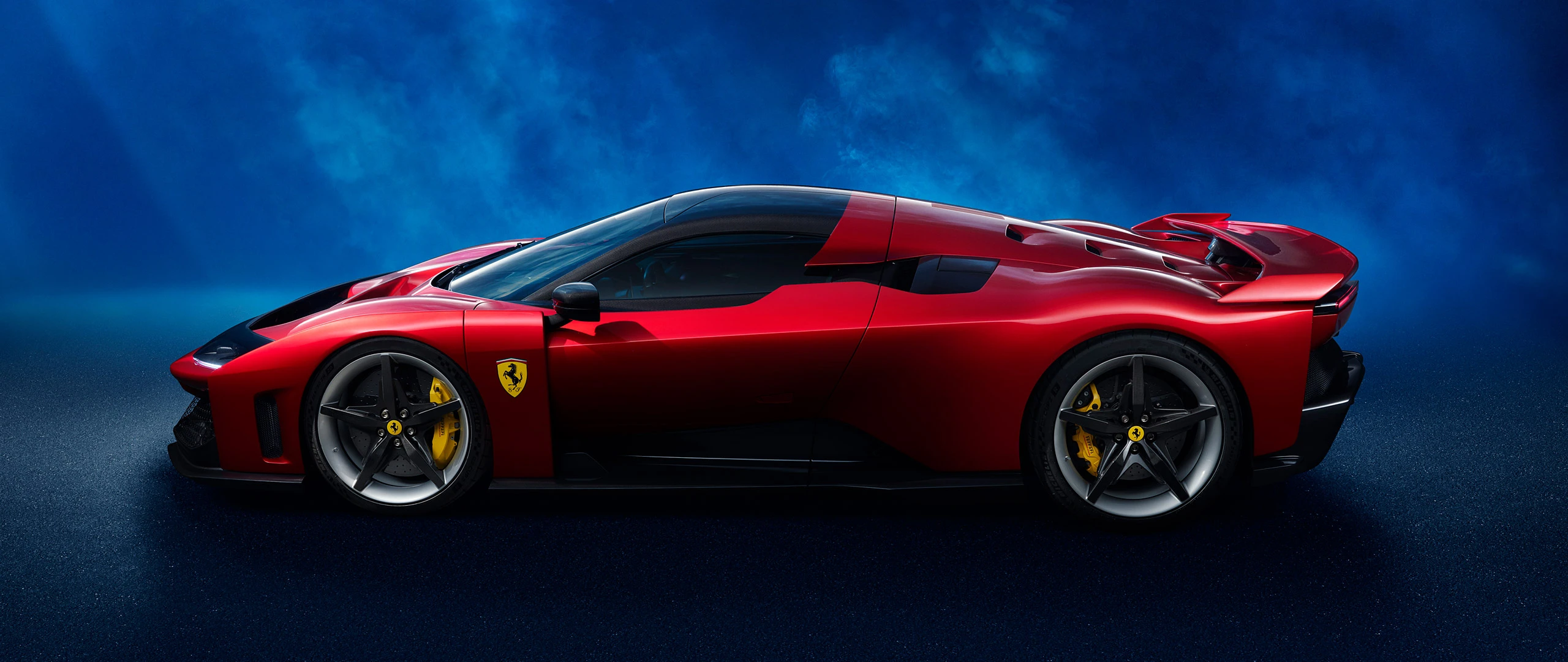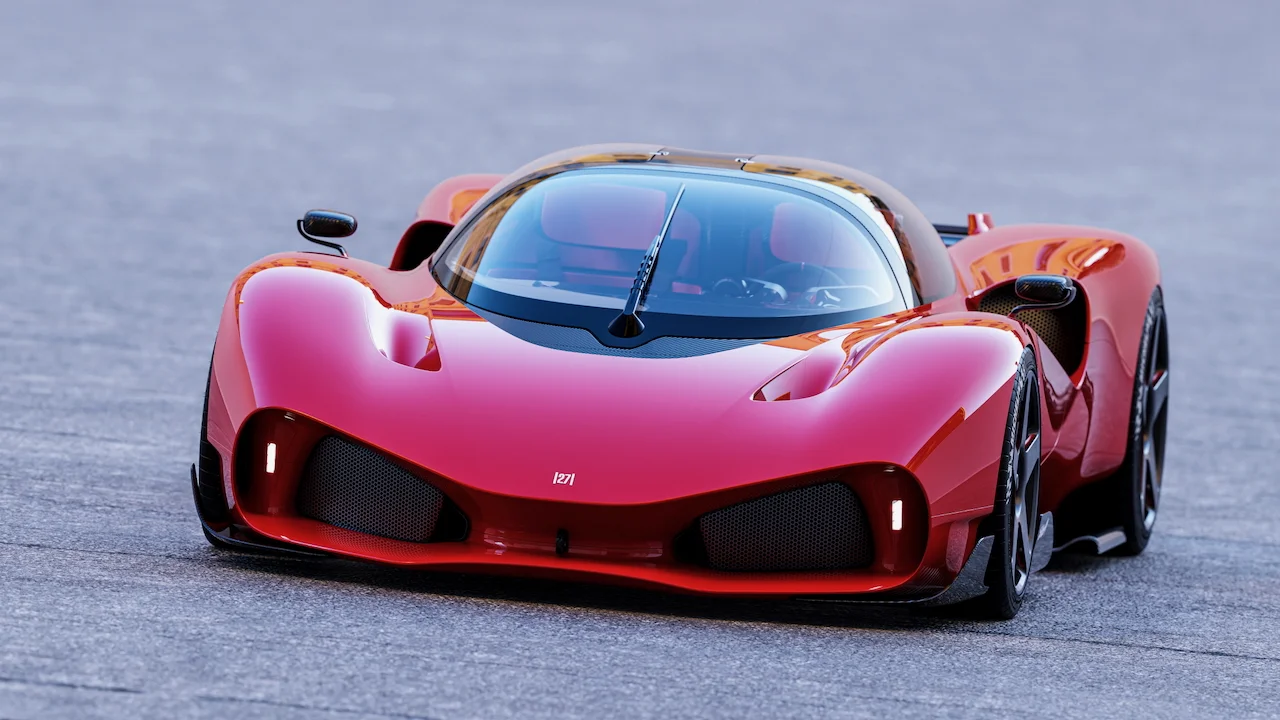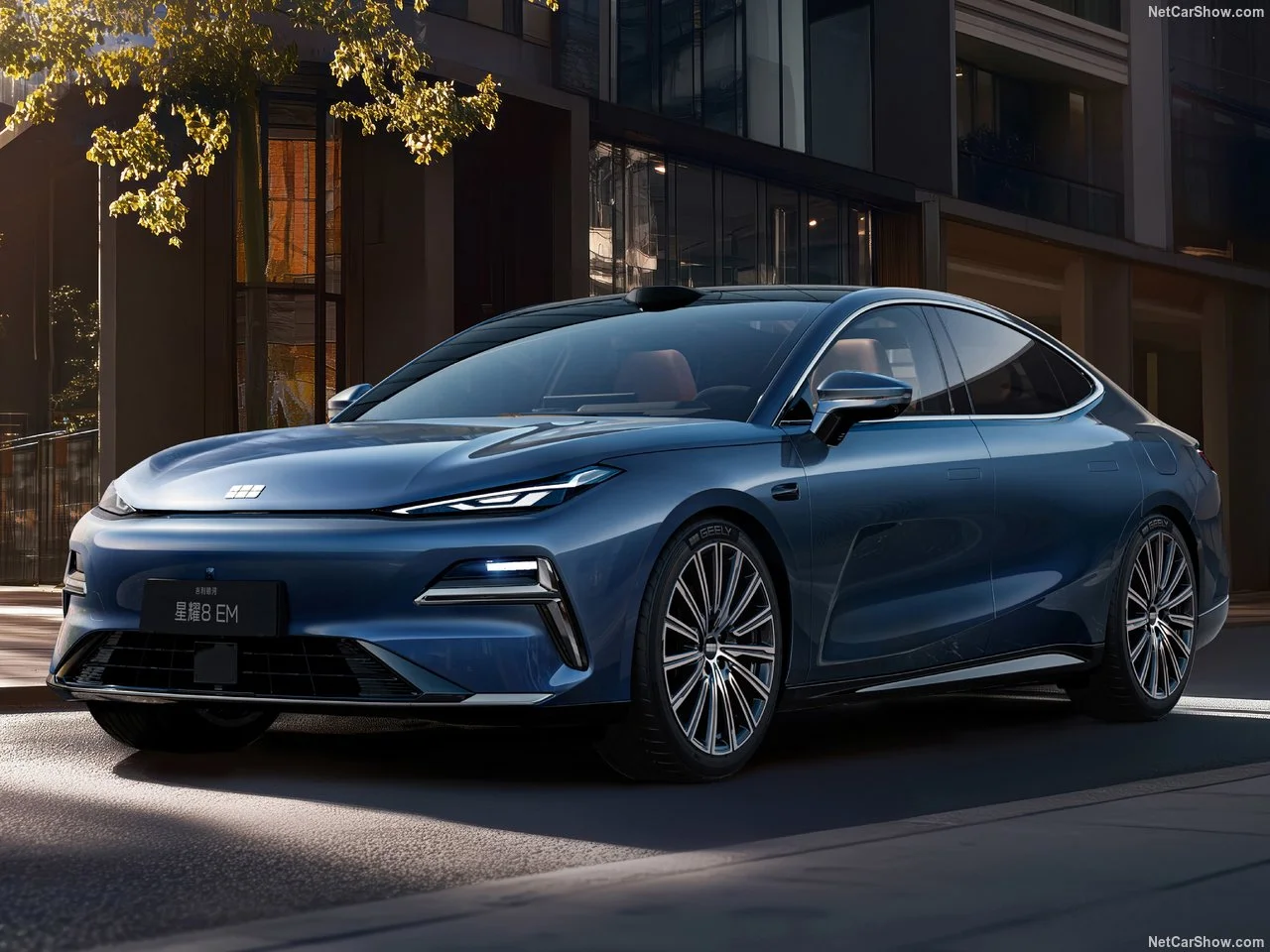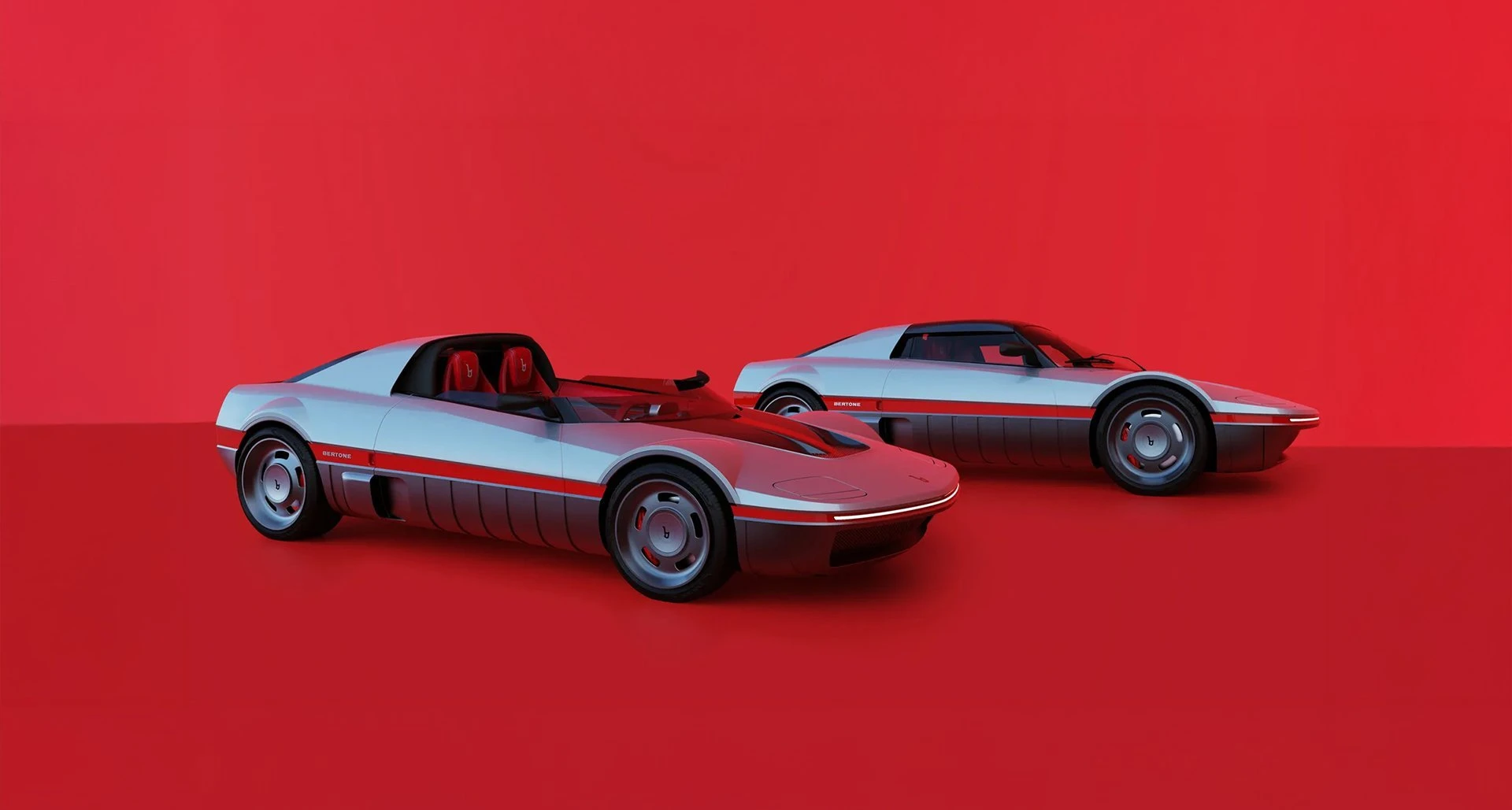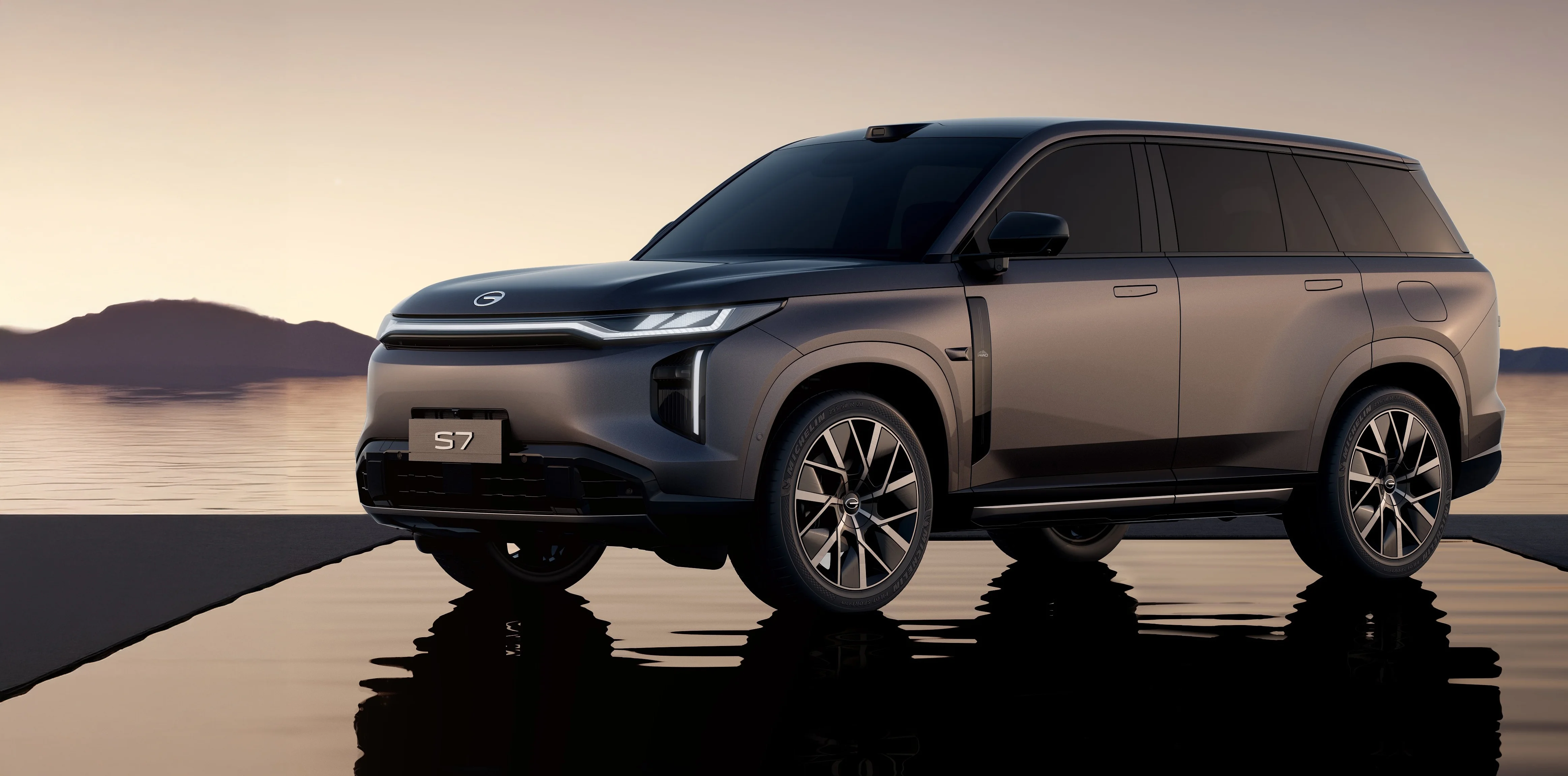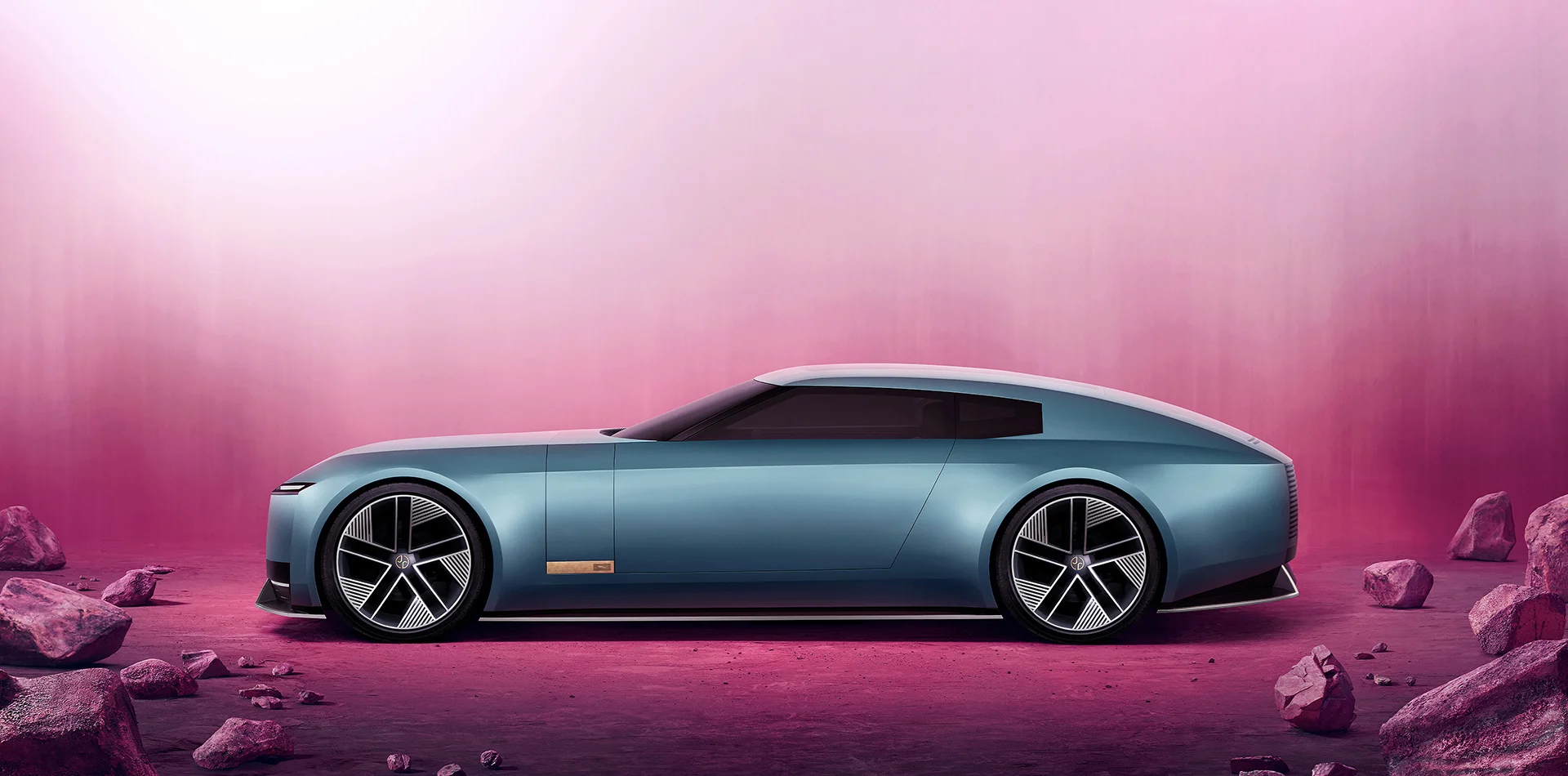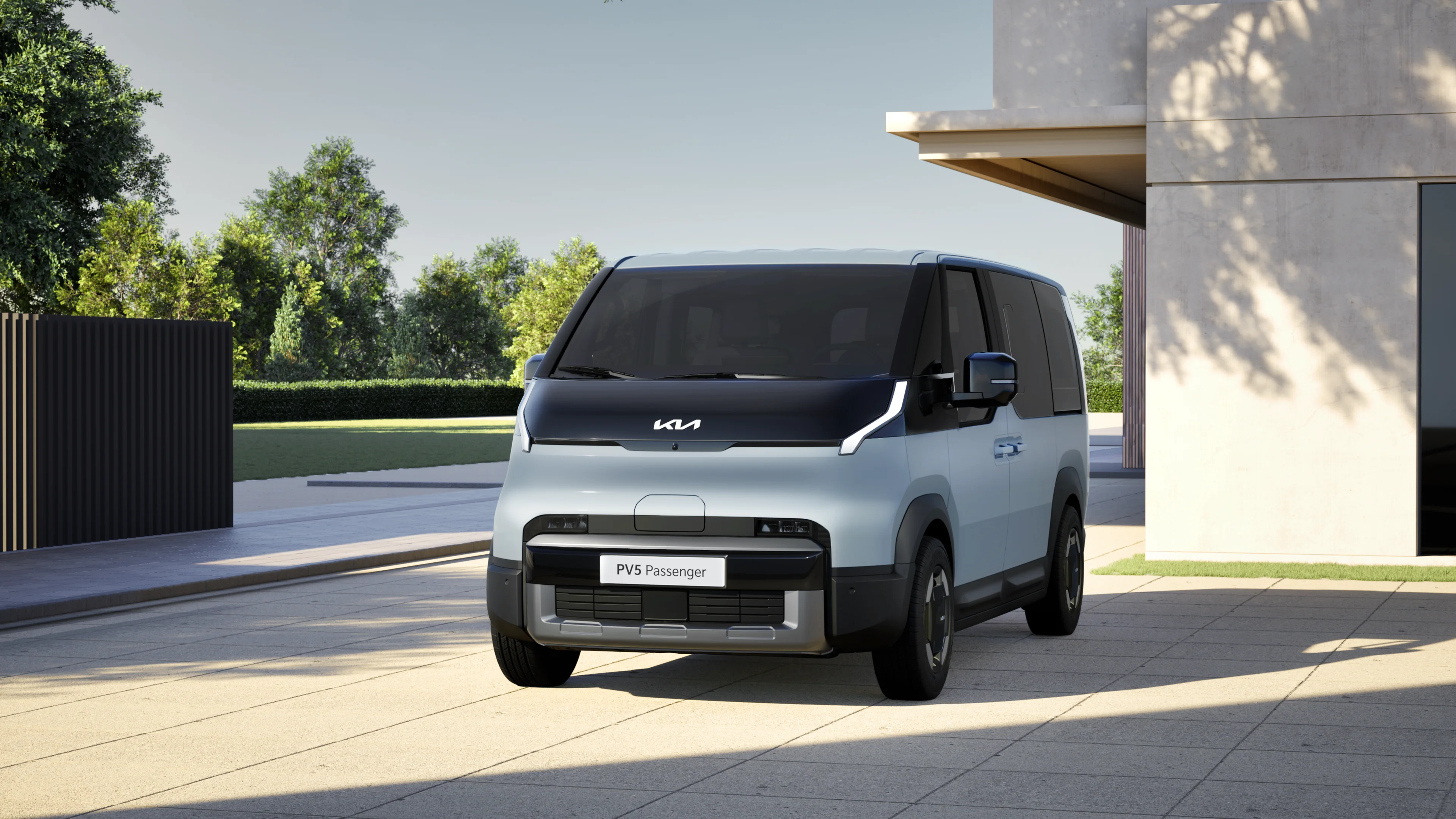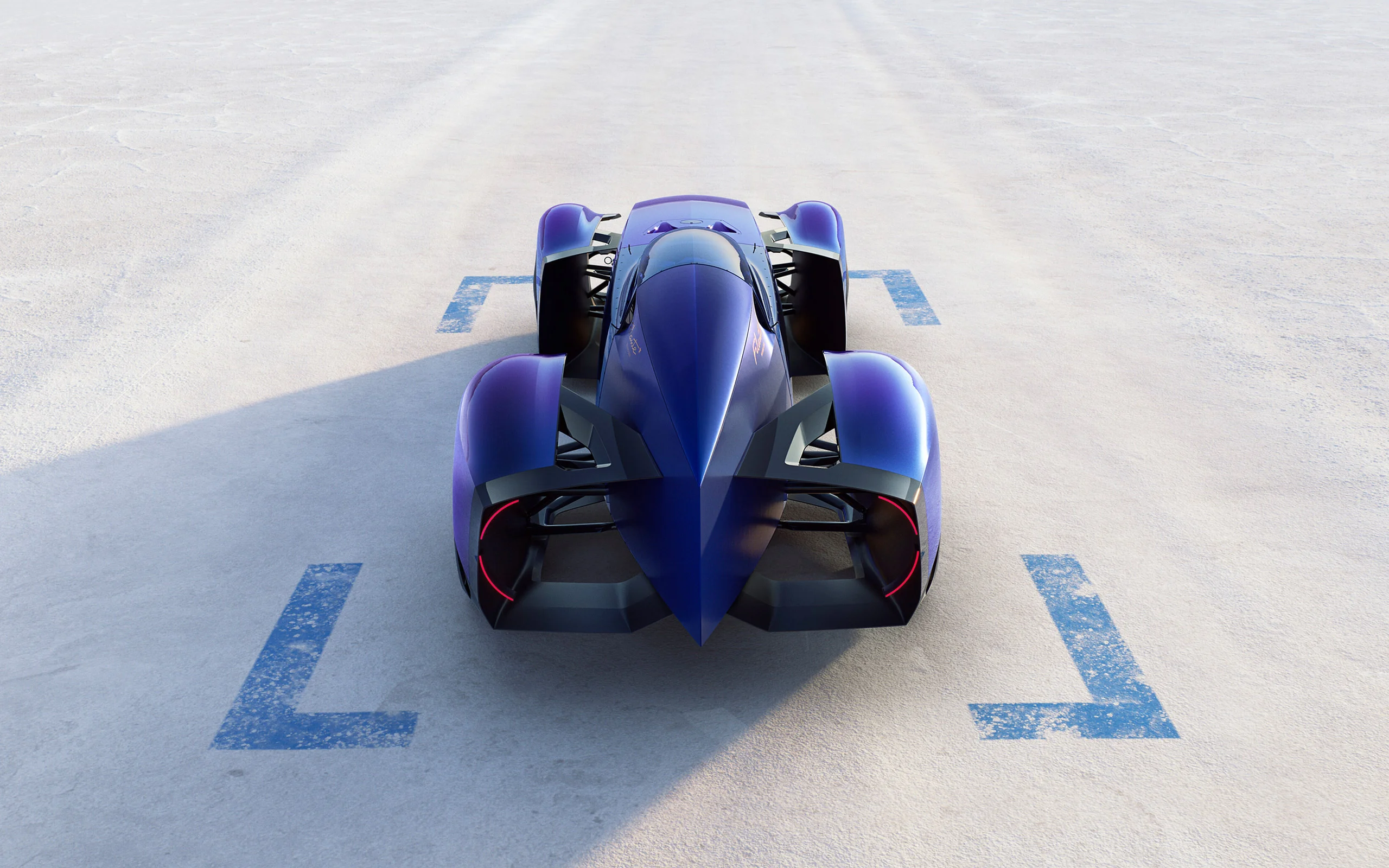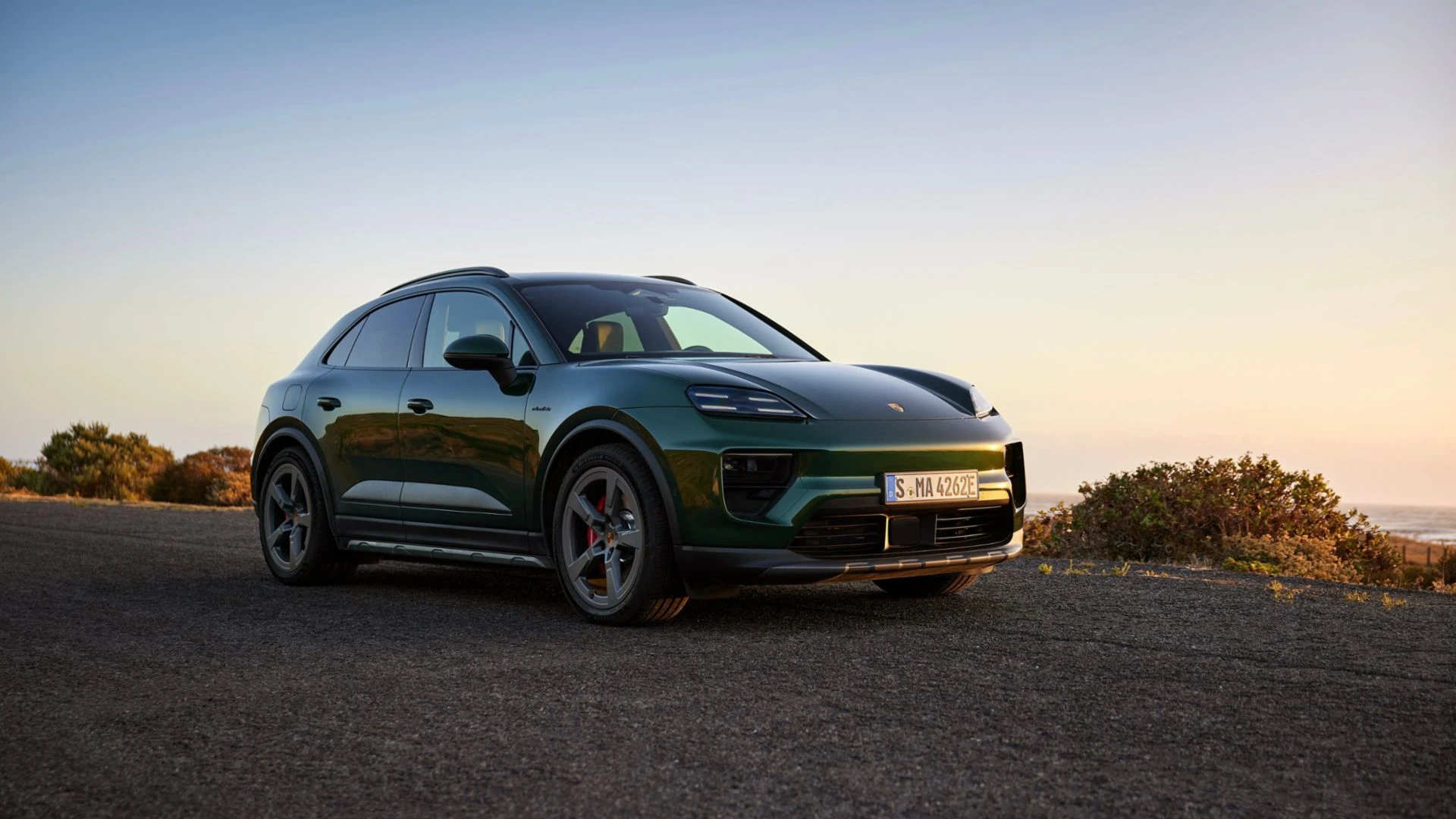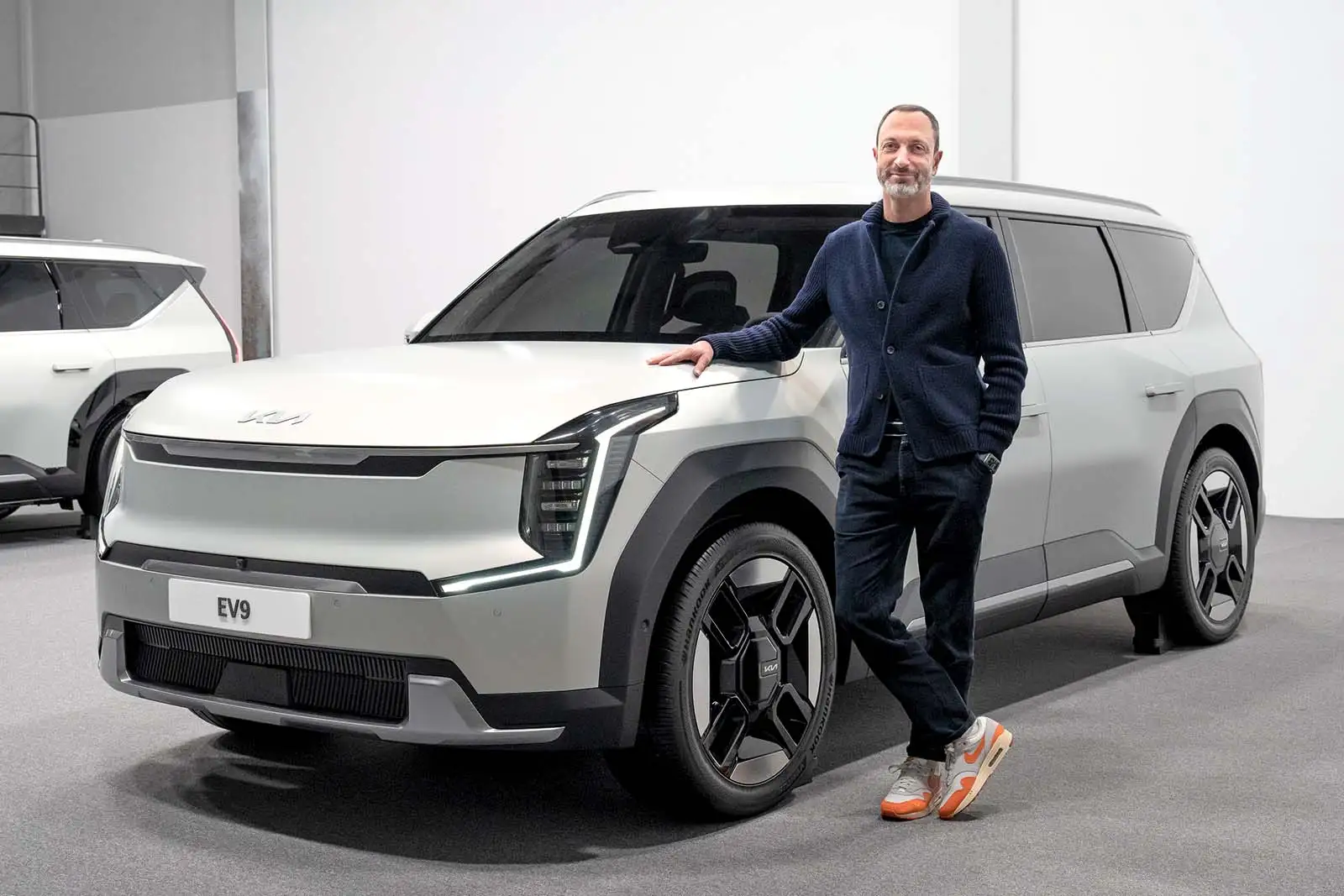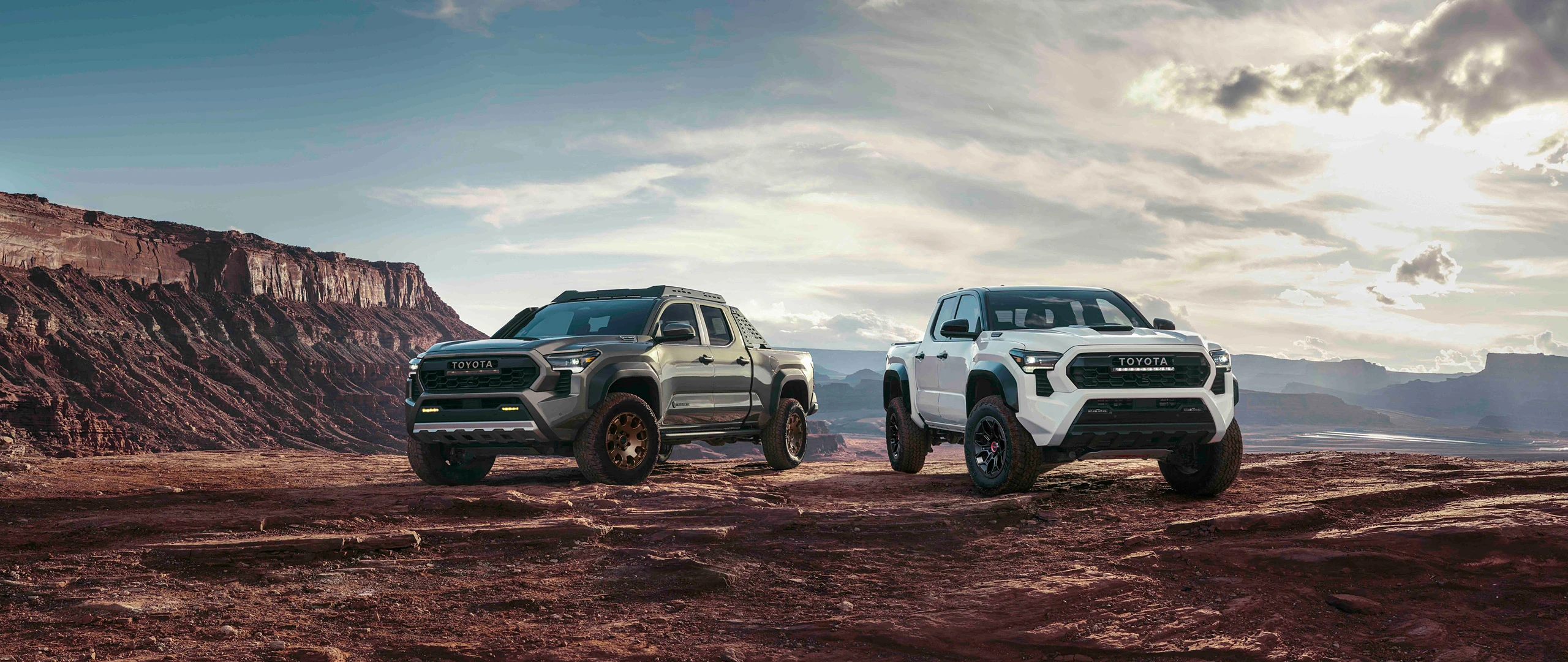The original Favorit emerged during a time of strict constraints and political isolation, yet its development marked a turning point for the automaker. Designed by the legendary Bertone studio and engineered under limited conditions in 1980s Czechoslovakia, it stood out for its technical sophistication and understated practicality. More than just a product of its time, it laid the foundation for Škoda’s transition into the global automotive stage, attracting the attention of major Western manufacturers.
This modern reinterpretation doesn’t simply replicate the original. Instead, it decodes the spirit of the Favorit—function-driven minimalism and mass appeal—and recasts it as an electric crossover for today’s market. The transformation from hatchback to crossover reflects current automotive trends while offering structural advantages for an EV architecture, such as optimal battery placement and improved cabin access.

Designing within the Modern Solid philosophy means finding a delicate balance between simplicity and identity. Rather than relying on instantly recognizable elements like Škoda’s current Tech-Deck Face, the approach taken here elevates core visual traits from the original and reshapes them for contemporary expression. The design avoids retro motifs, aiming instead for a timeless utility that maintains an emotional link to the original Favorit.
The process relied on a digital design workflow from the earliest sketch phases. This allowed exploration of proportions, surface transitions, and lighting concepts in quick iterations. The resulting stance is clean and compact, communicating practical usability while staying approachable—qualities embedded deep in the Favorit’s original DNA.
The collaboration between 2D concept development and 3D volumetric refinement was essential in shaping the vehicle’s production-like realism. The transition into digital clay brought added dimensionality to the bodywork, ensuring that surfacing aligned with Škoda’s current quality expectations. Functional features such as the opposed-opening doors with integrated shared handles exemplify how form can follow function without visual clutter. The door solution, in particular, enhances ingress/egress while also maintaining sculptural cleanliness.
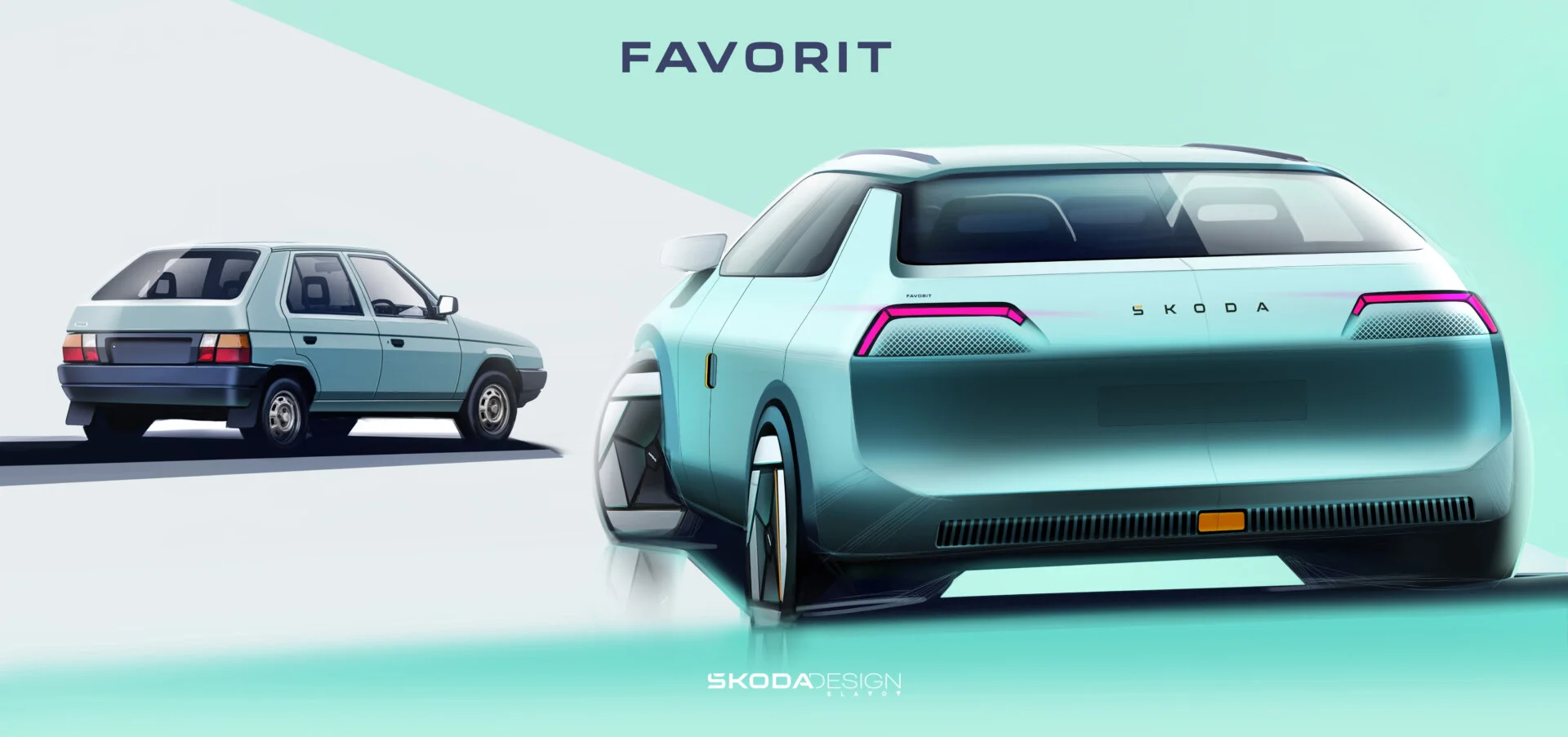
Lighting plays a symbolic and functional role in this concept. The headlights, rather than being generic LED assemblies, reinterpret the proportions and massing of the original’s utilitarian lamps. Their partially translucent housings allow for dynamic lighting behavior and owner customization, which adds a level of personalization uncommon in this vehicle segment. The dual-mode headlamp system, featuring fold-away covers for transitioning between daytime and full-beam illumination, exemplifies how thoughtful design can merge tradition with advanced functionality.
Further subtle branding cues include illuminated carons on the Škoda logos—both front and rear—adding a refined, high-tech signature without resorting to excessive ornamentation. Wheel design is deliberately restrained, echoing quick sketch visuals used during ideation, thus reinforcing the car’s conceptual clarity and lightness.

The Favorit’s rally heritage was also briefly revisited through a secondary racing concept. This version embraces exaggerated bumpers made of soft-touch materials—a nod to the early model’s distinct use of plastics. While more experimental, this interpretation reinforces the original’s spirit of robust versatility and adaptable identity.
Ultimately, this concept doesn’t aim to overwrite the Favorit’s legacy—it aims to advance it. By filtering the original’s design logic through modern technologies and expectations, the result is a design that respects its roots while confidently looking forward. It serves as an example of how heritage can be a launchpad for innovation rather than an anchor to the past.
